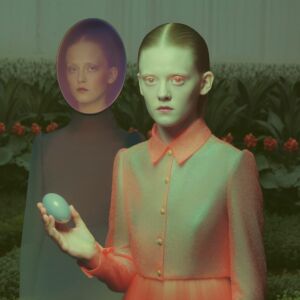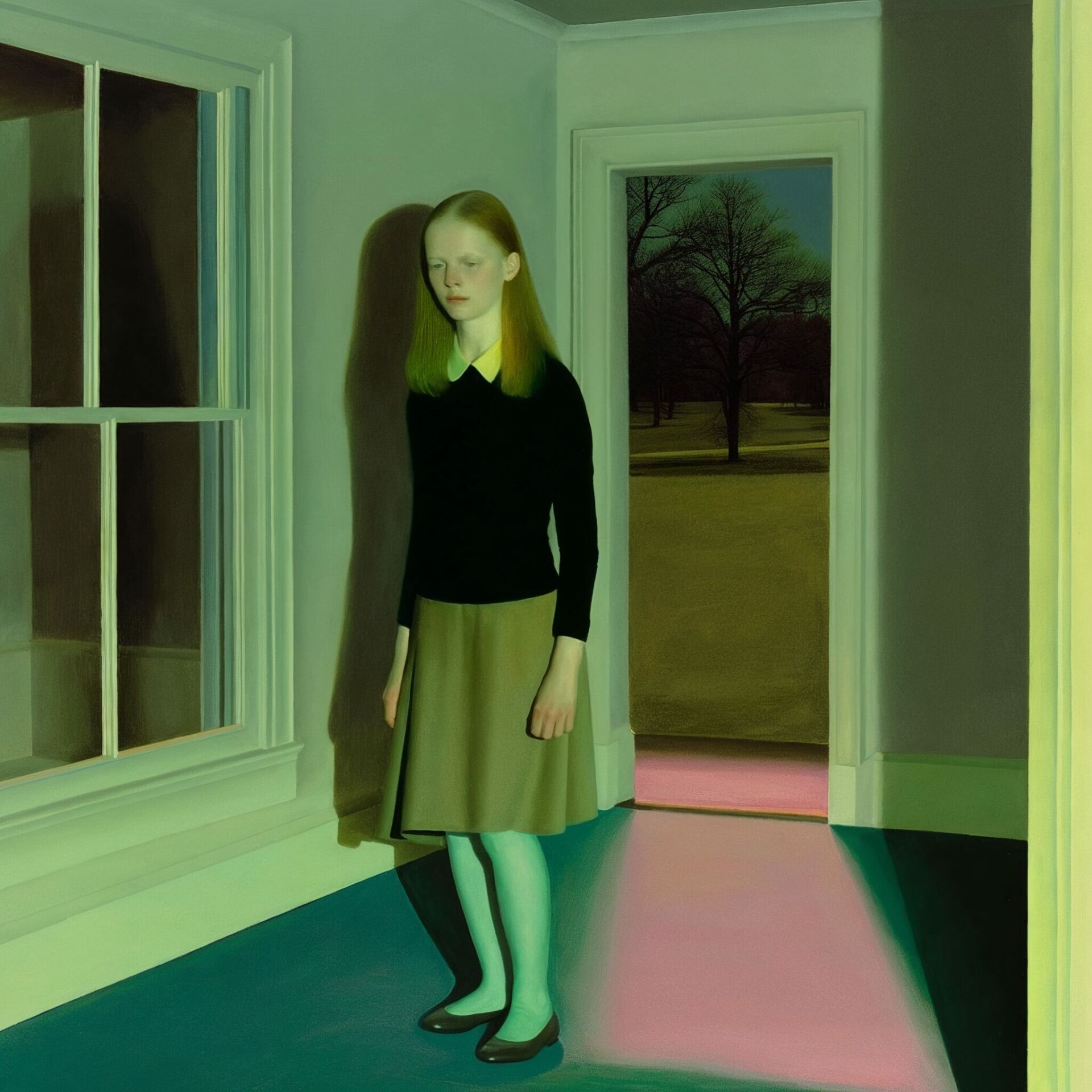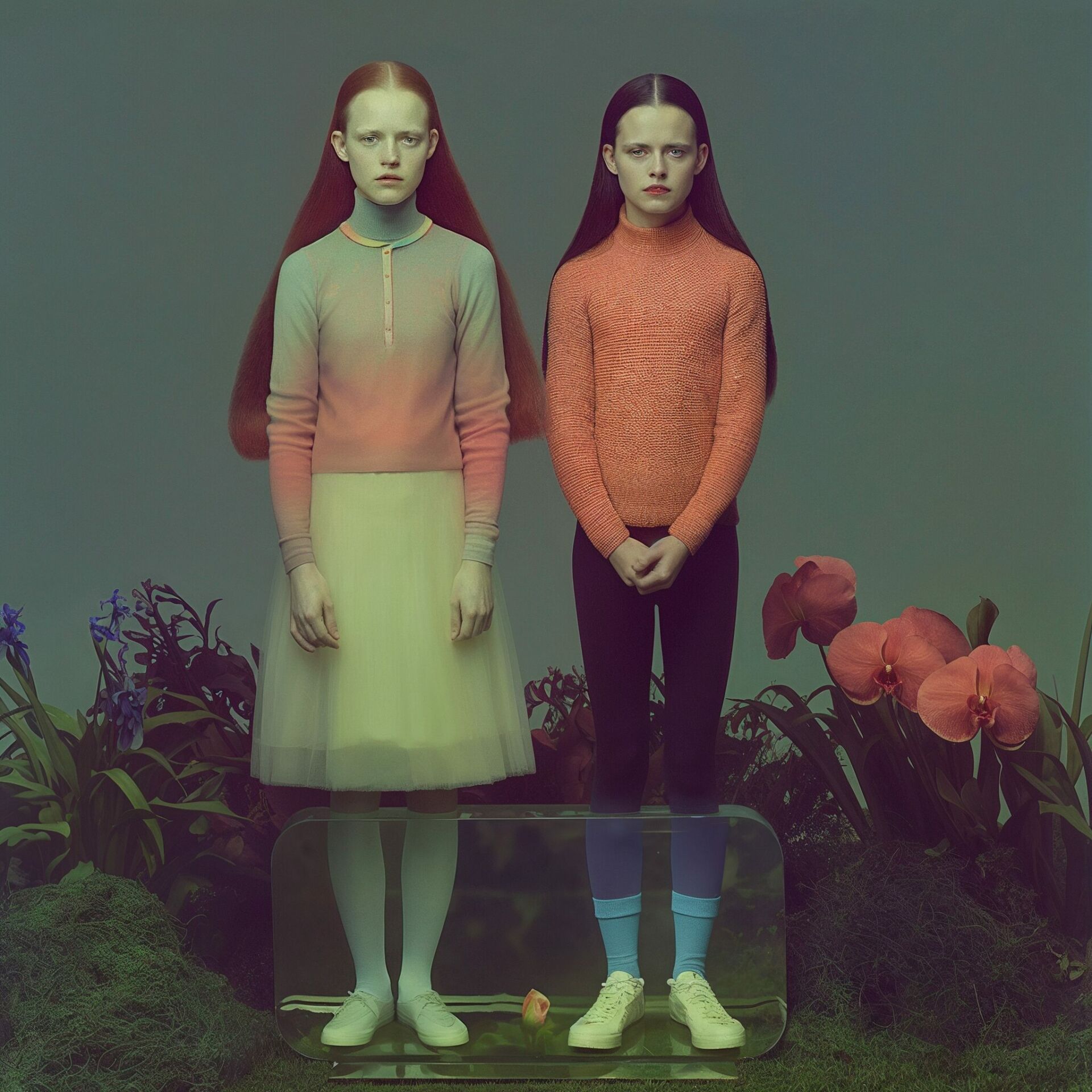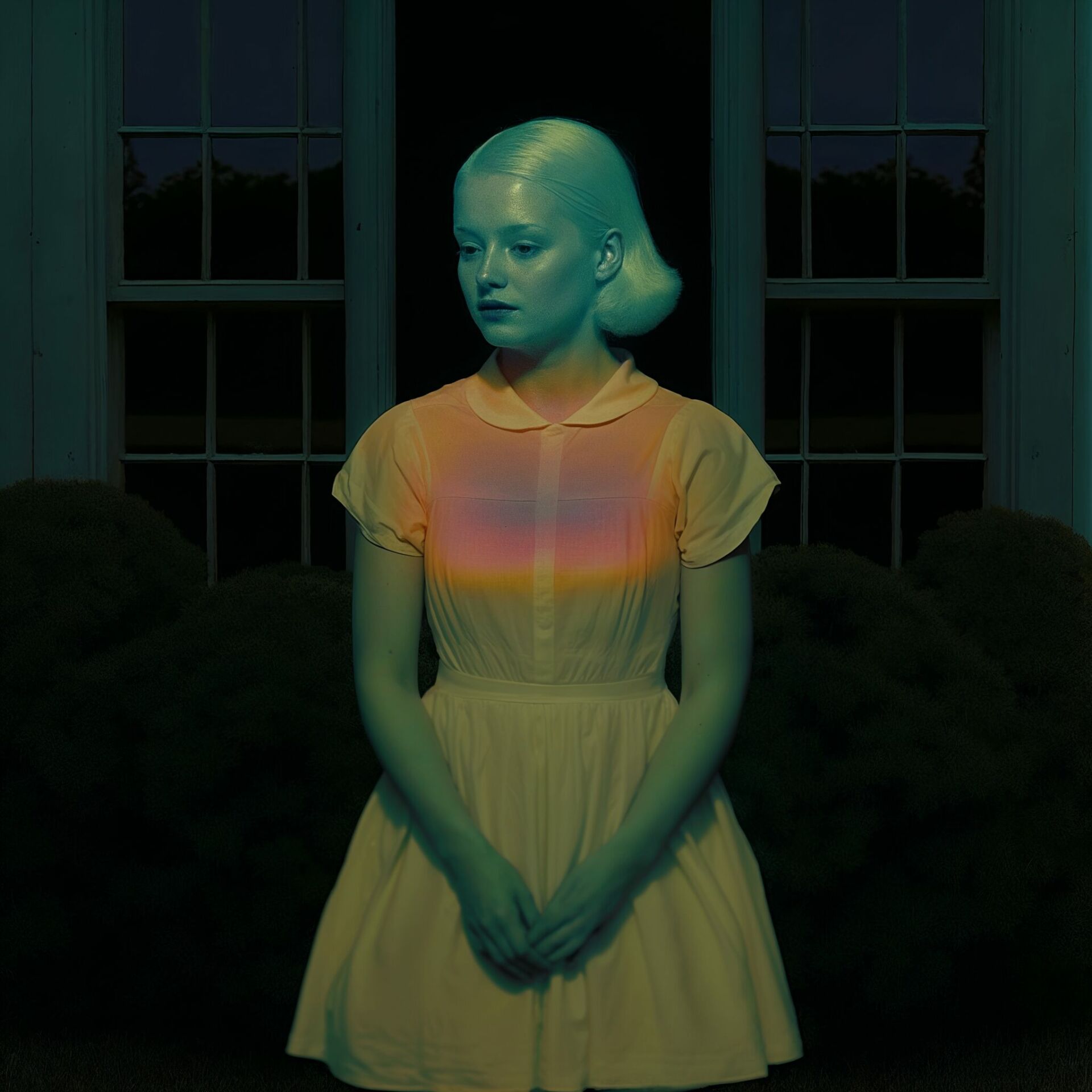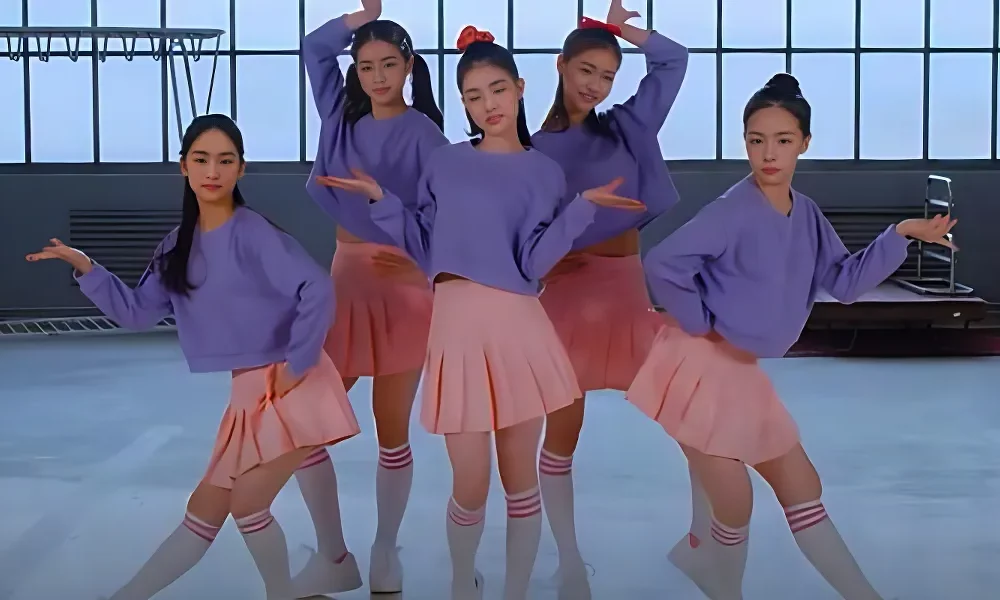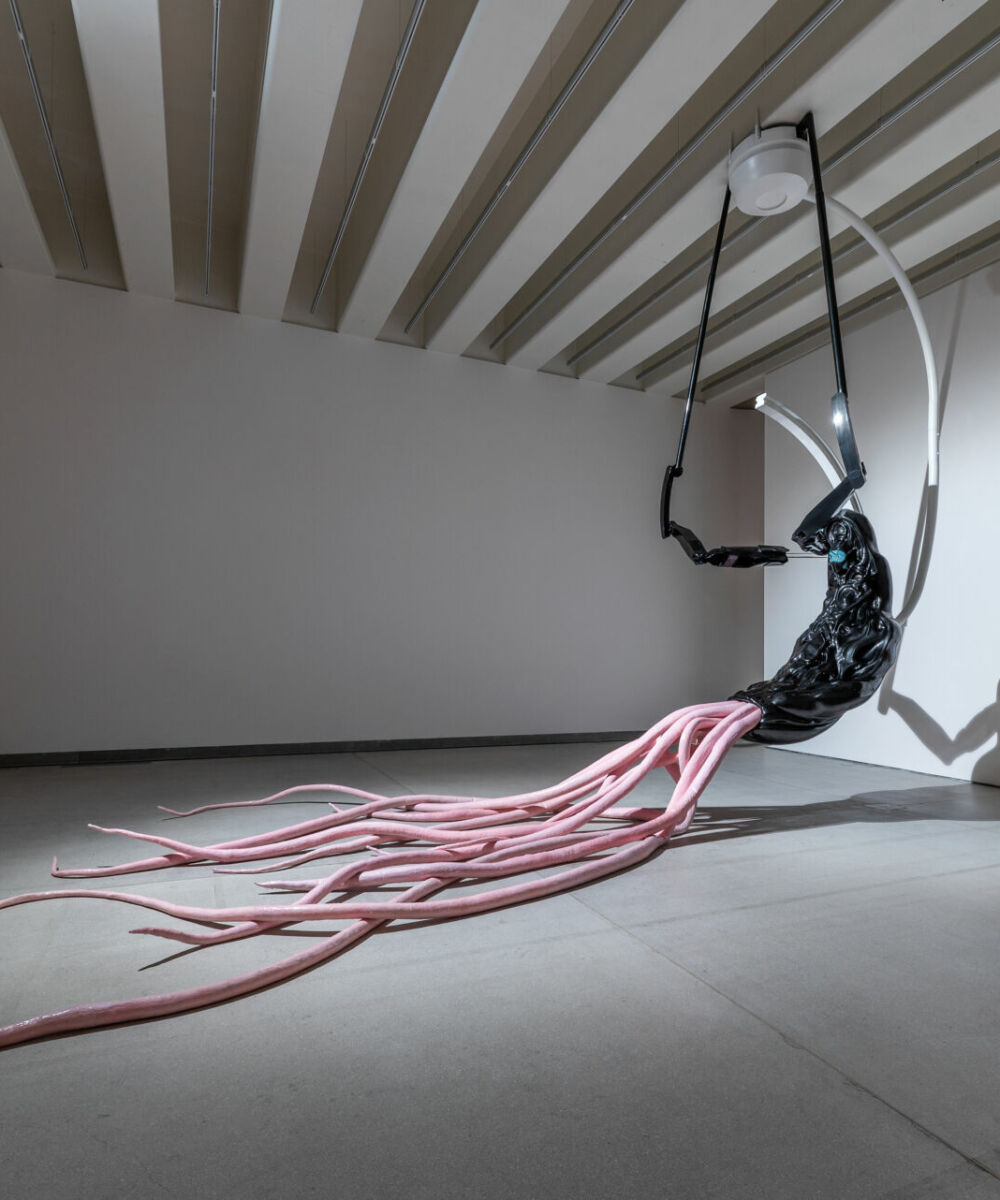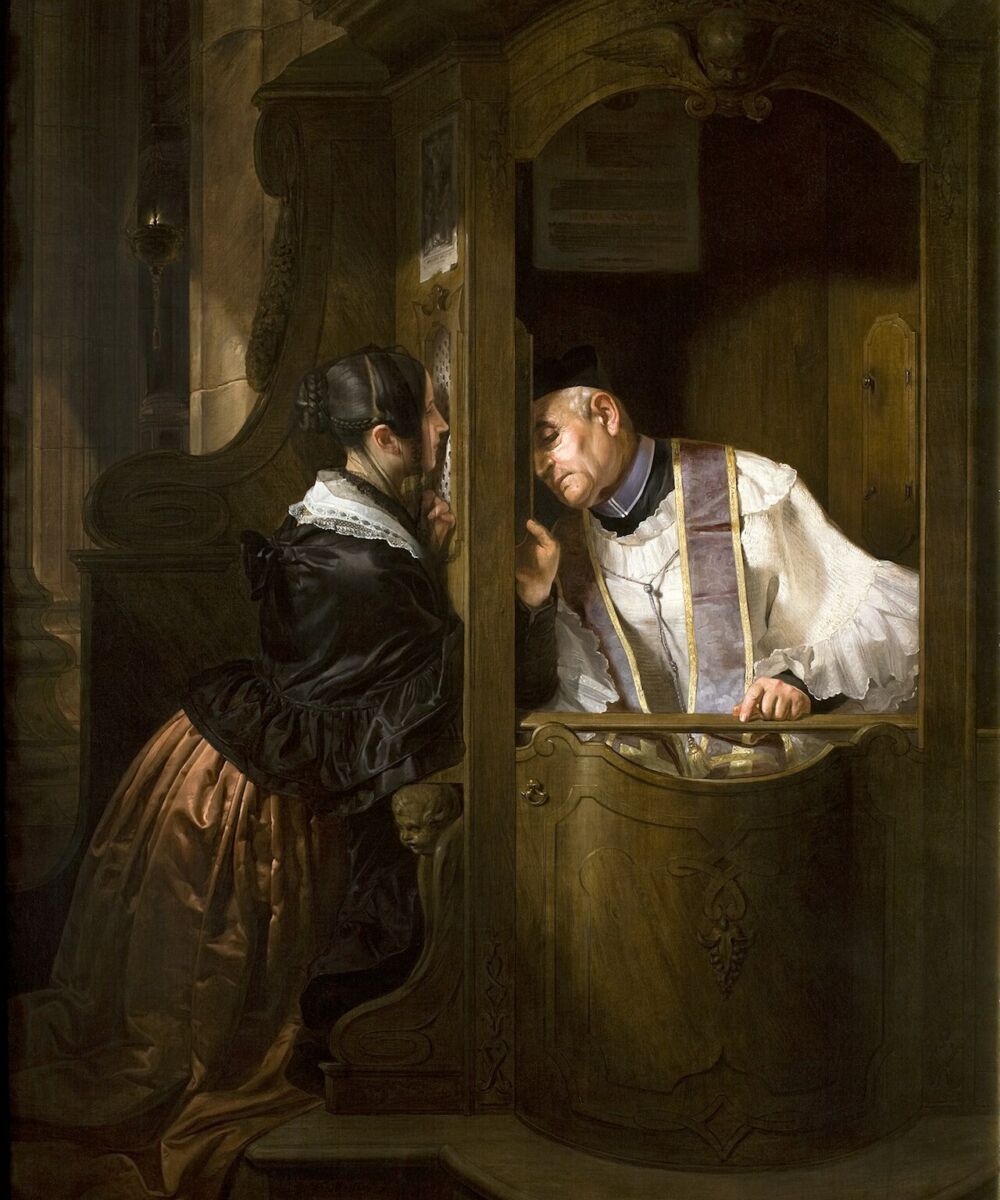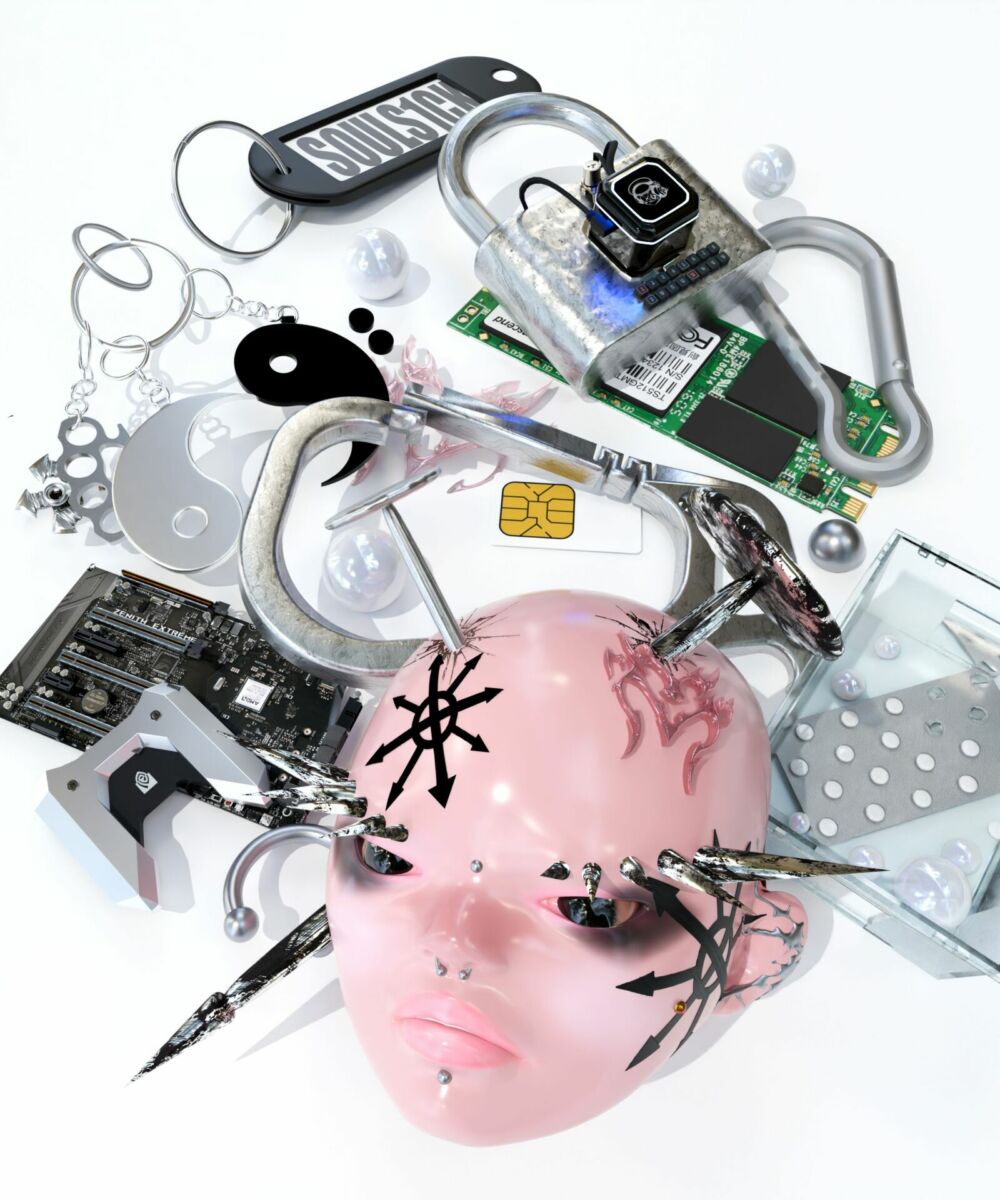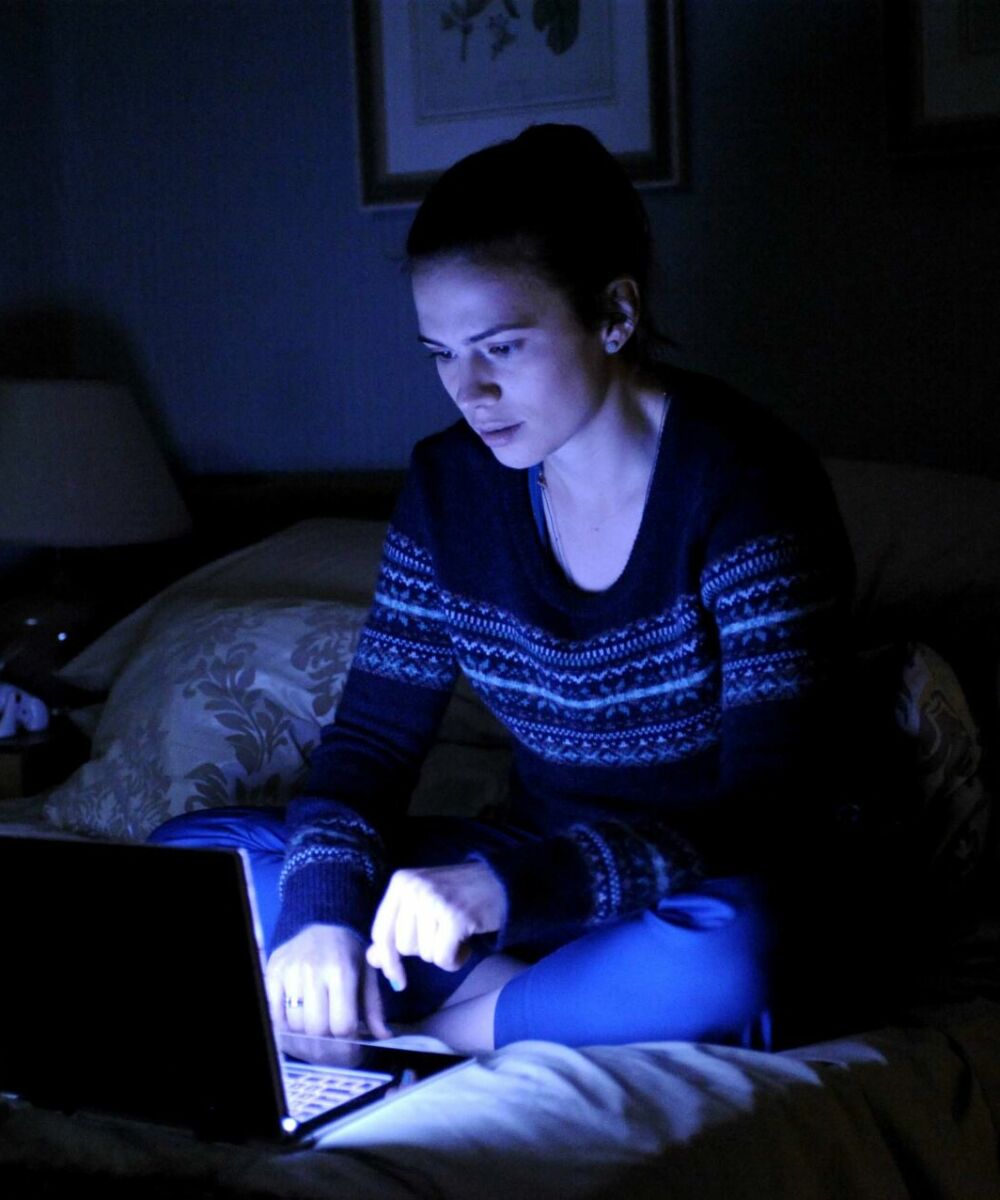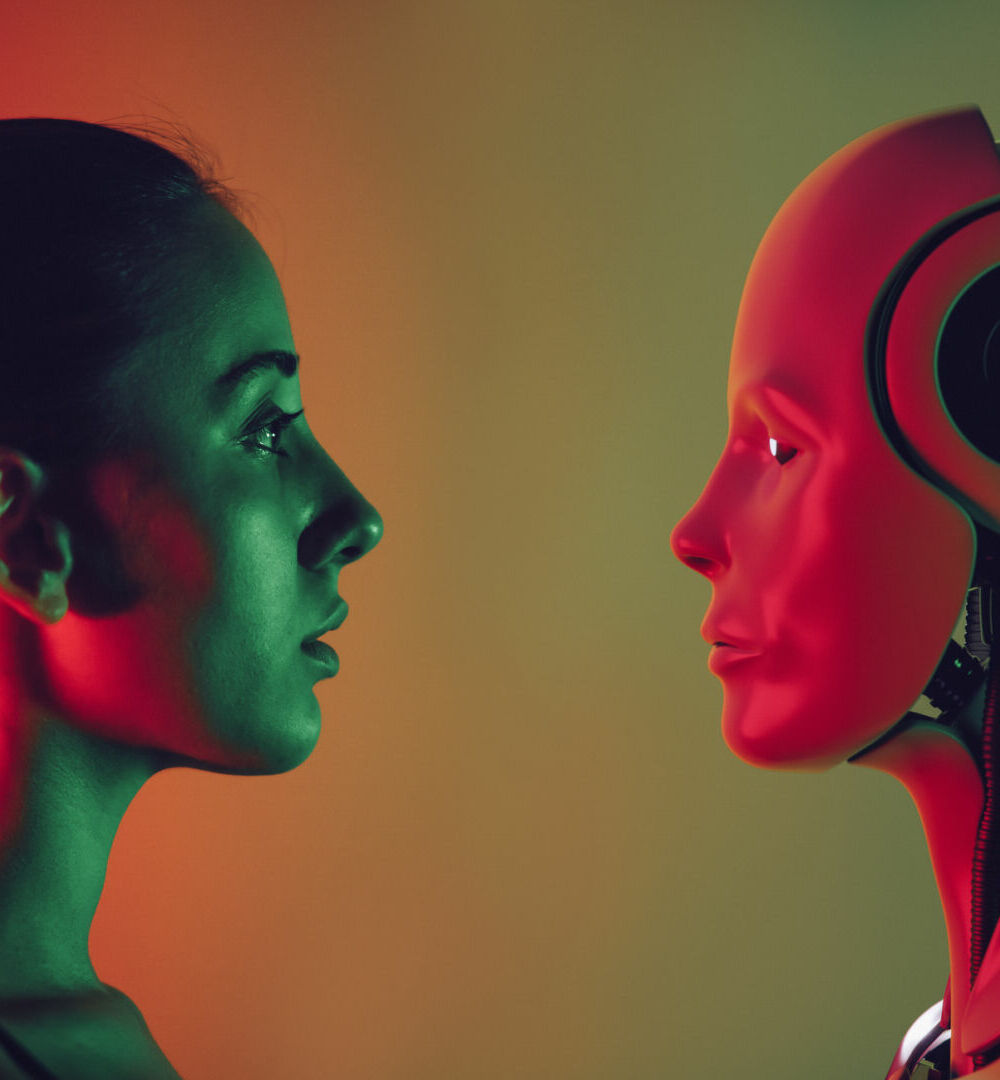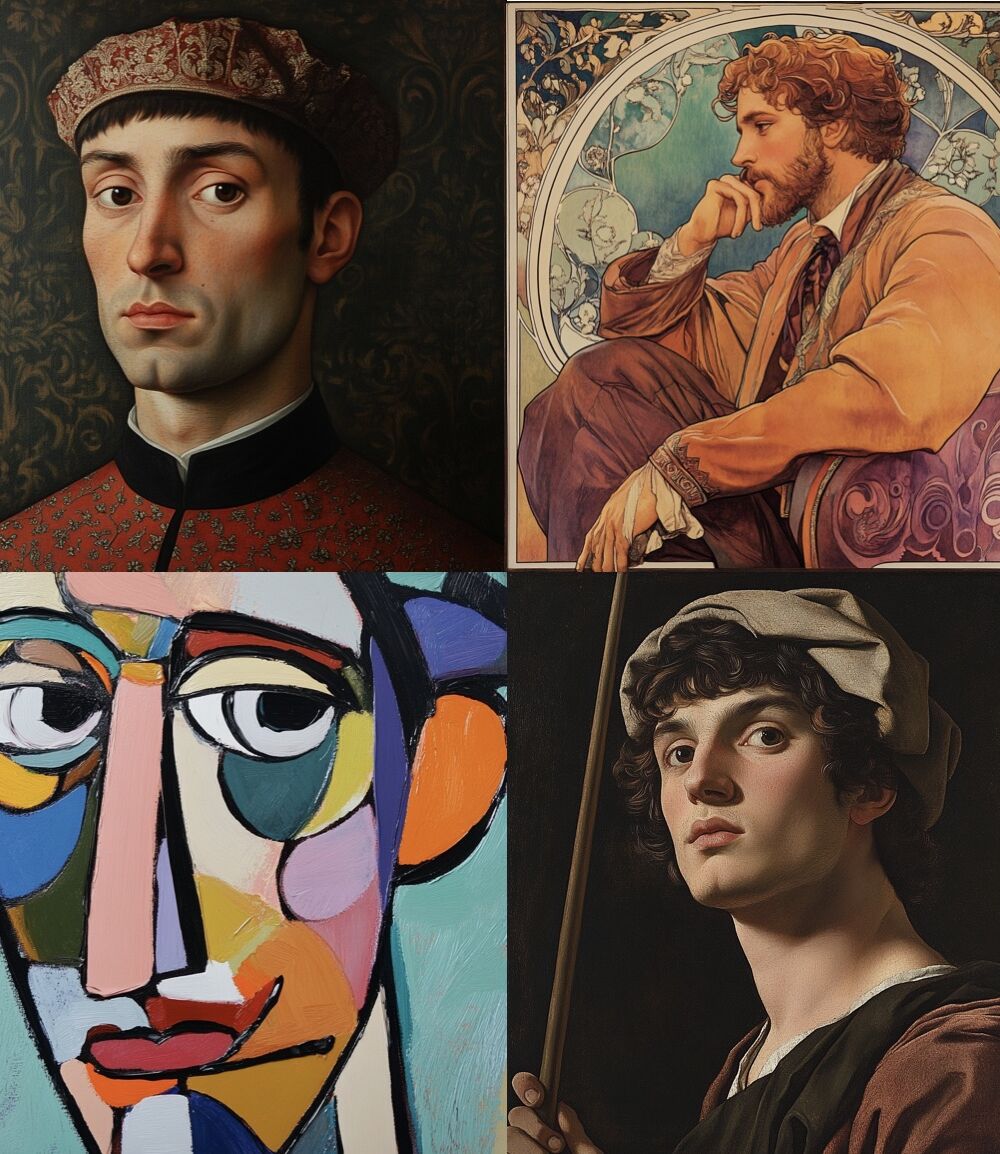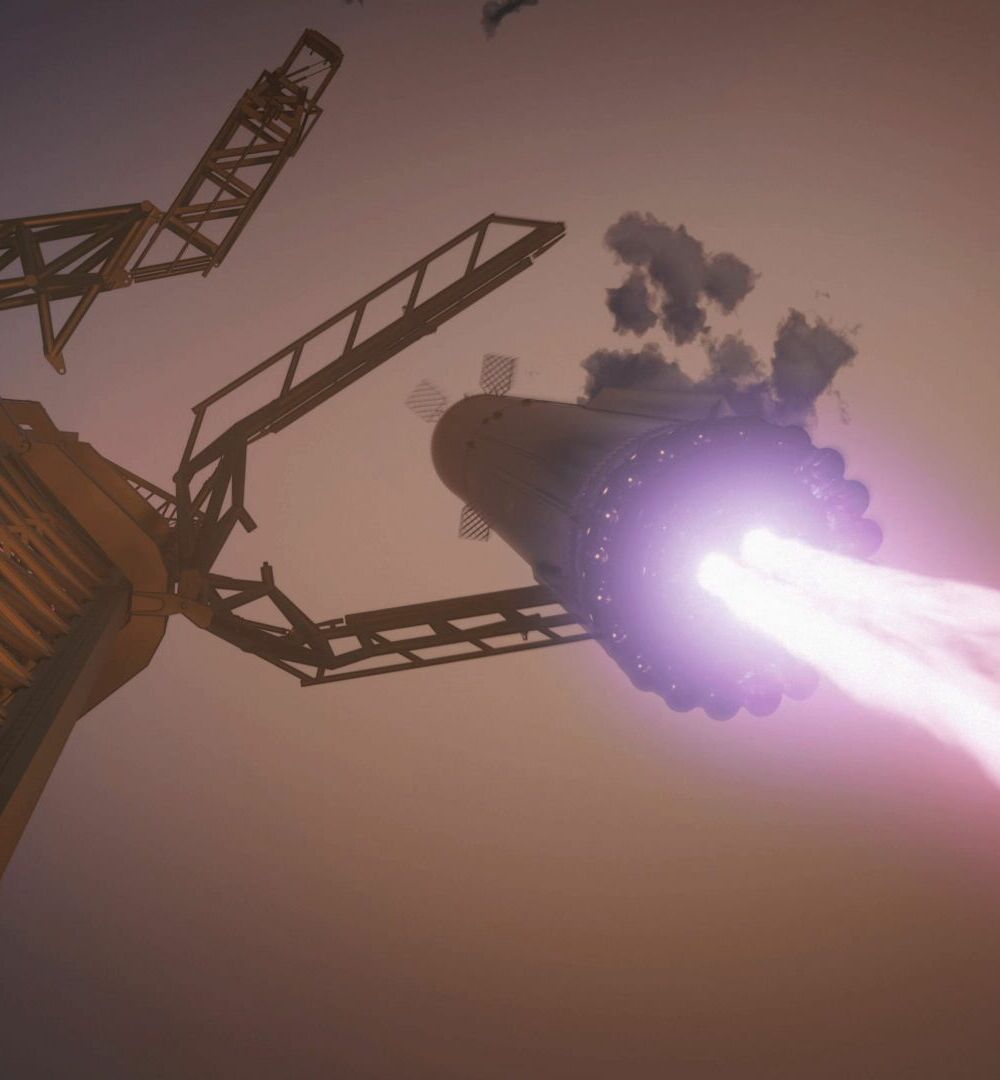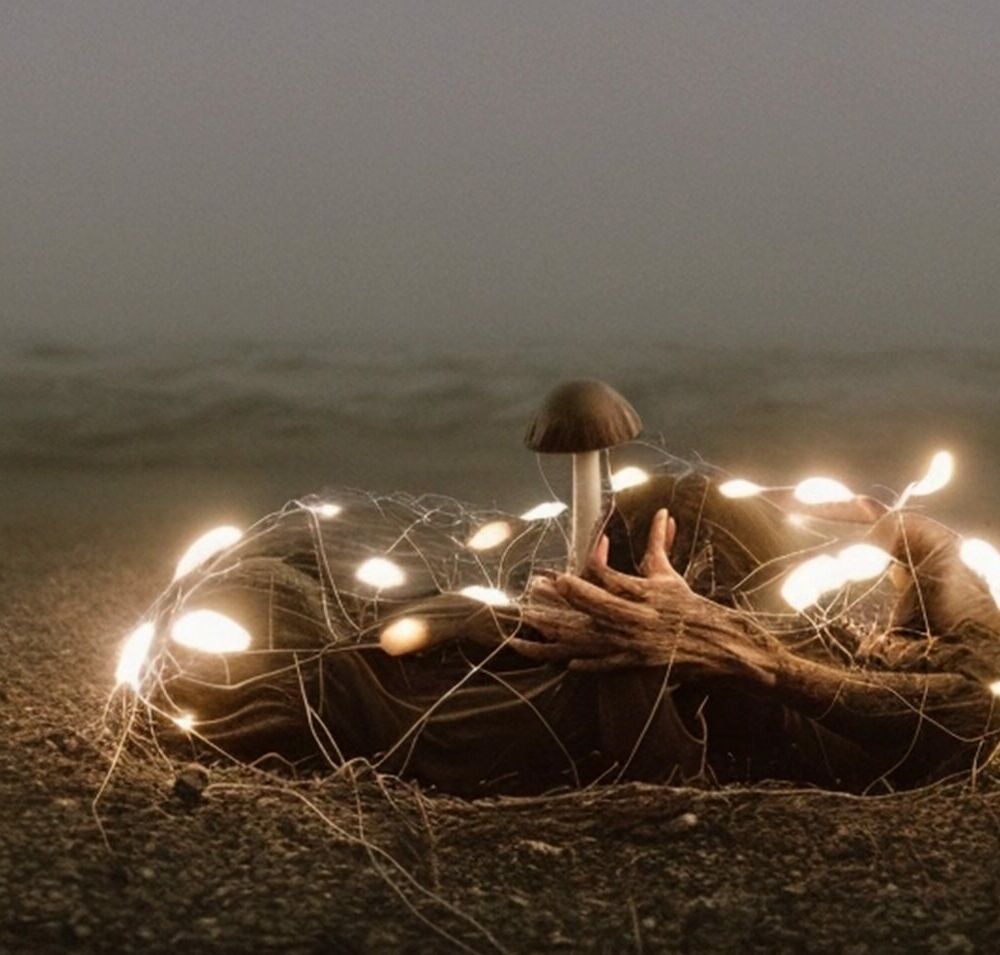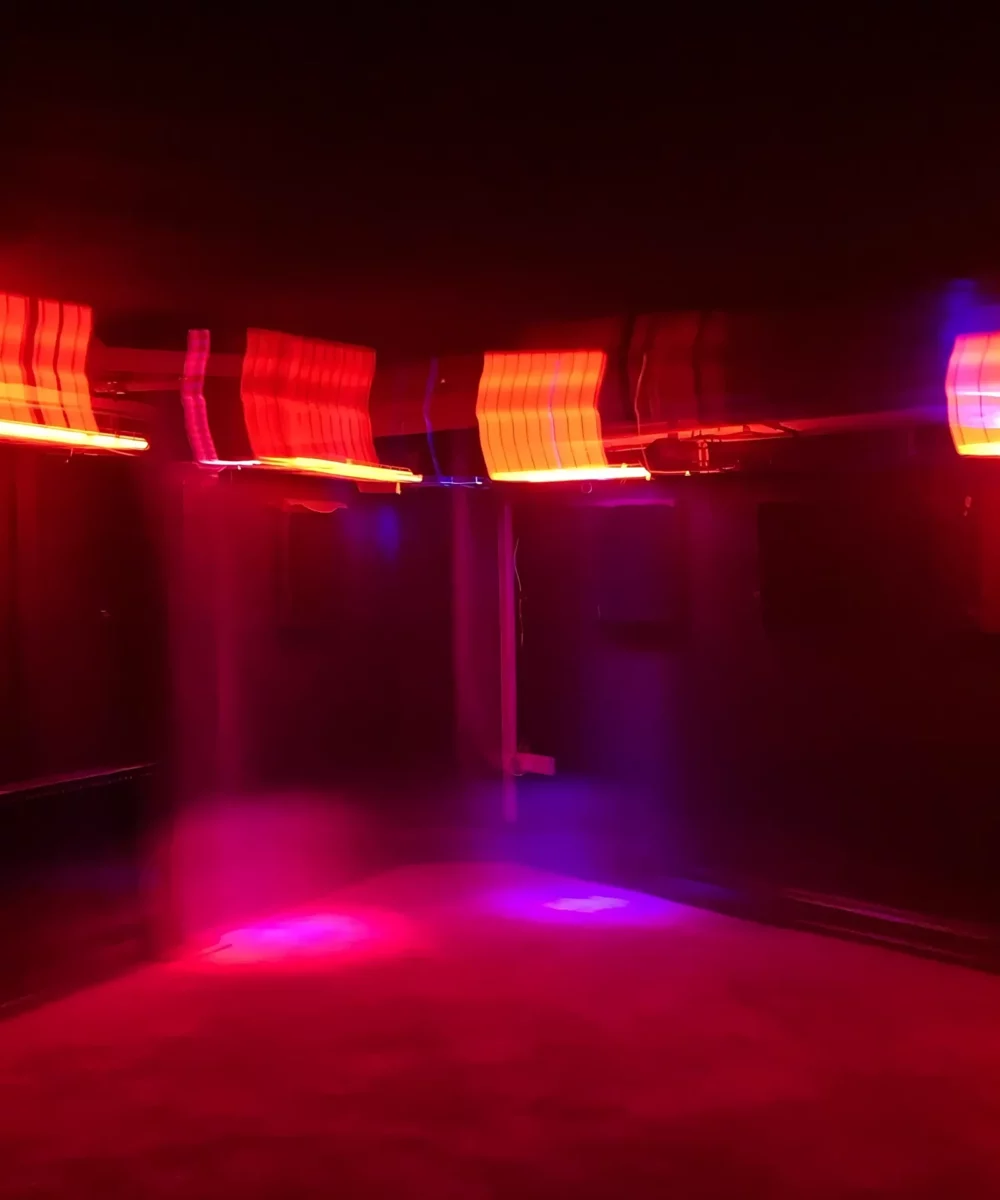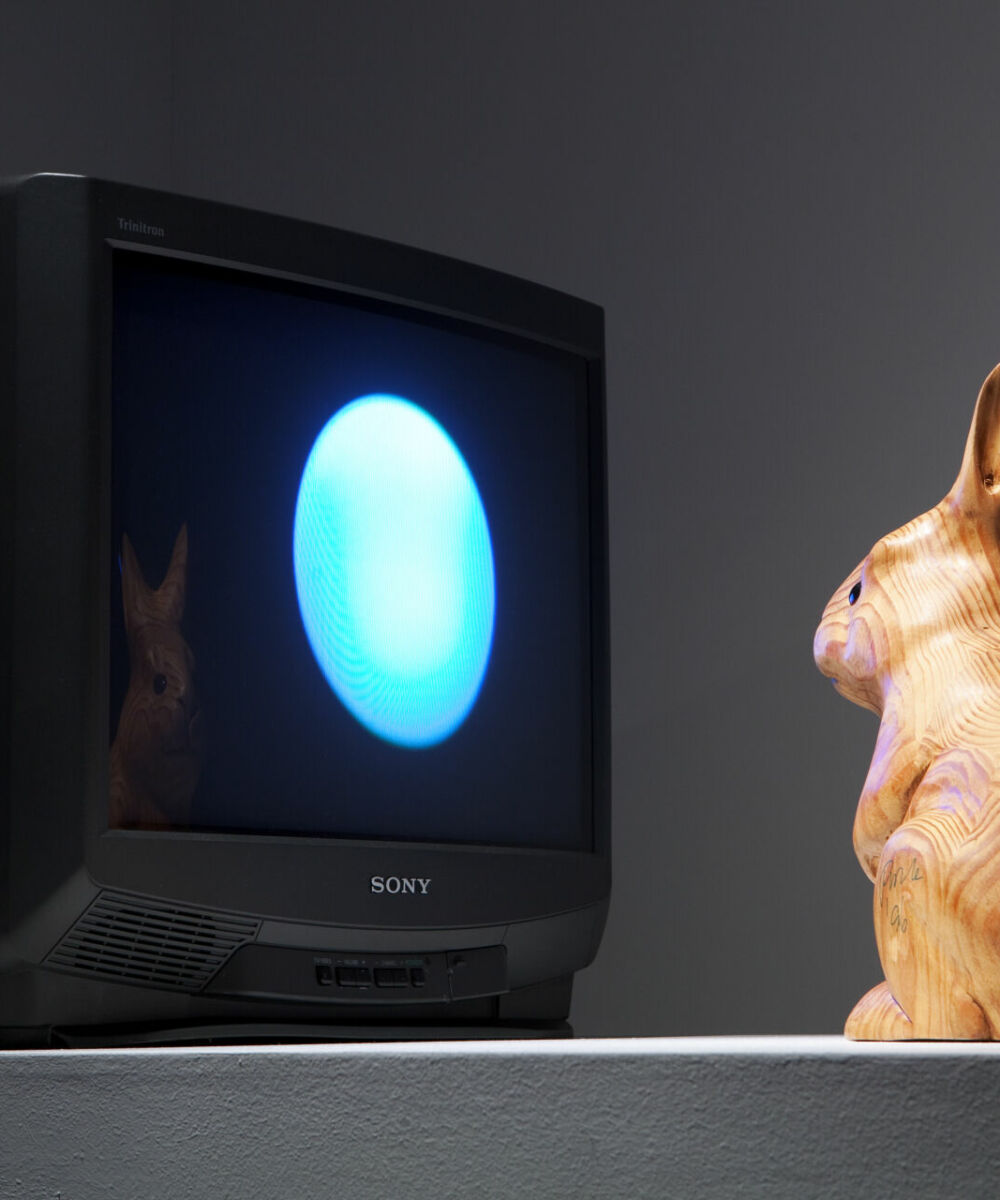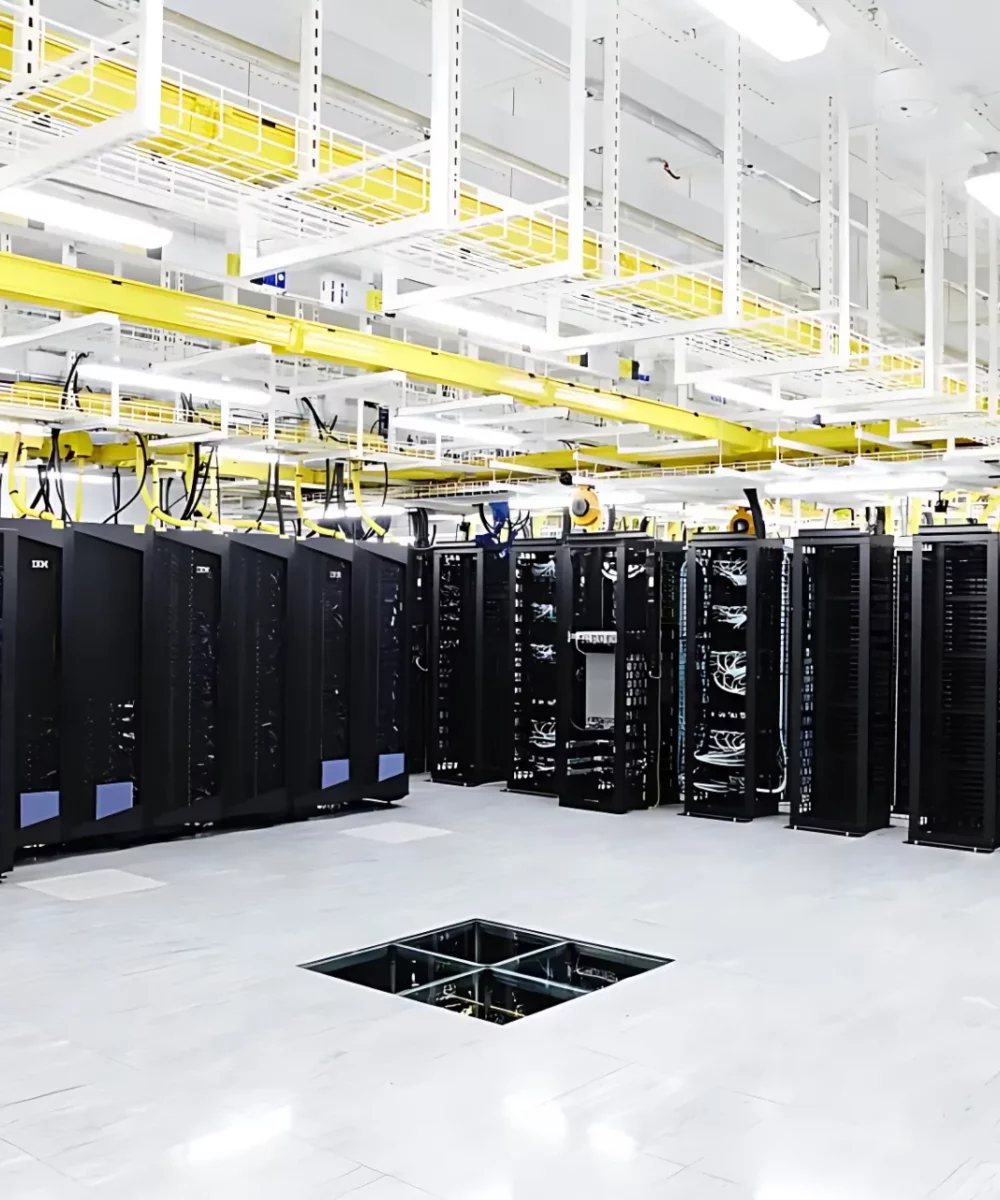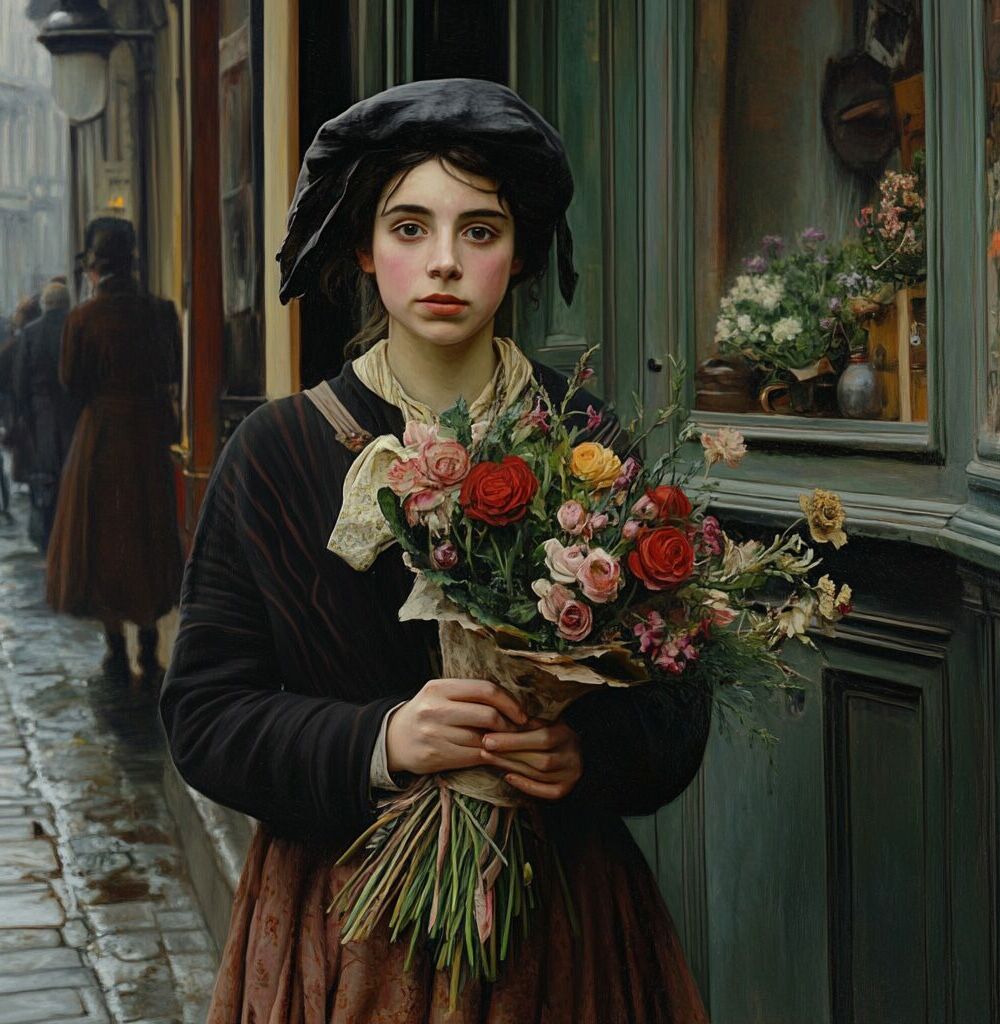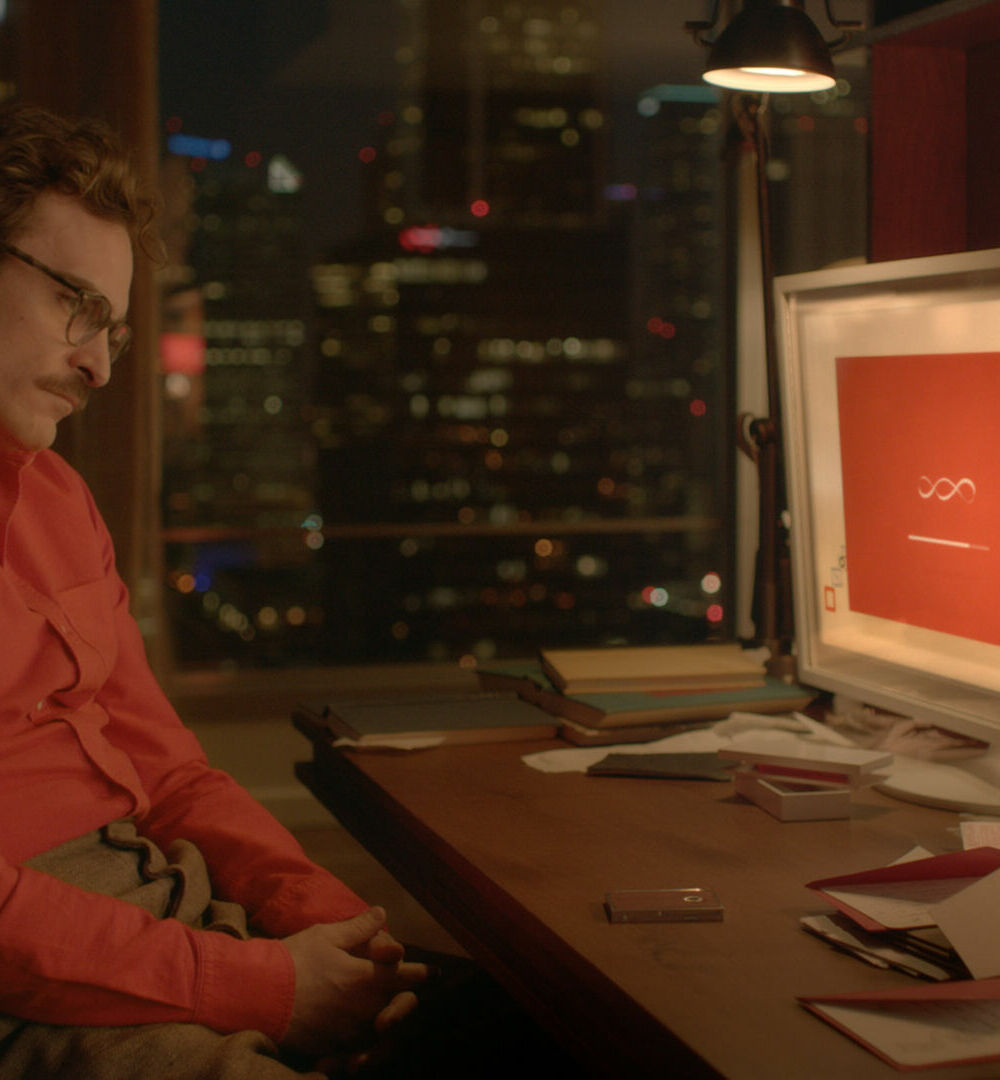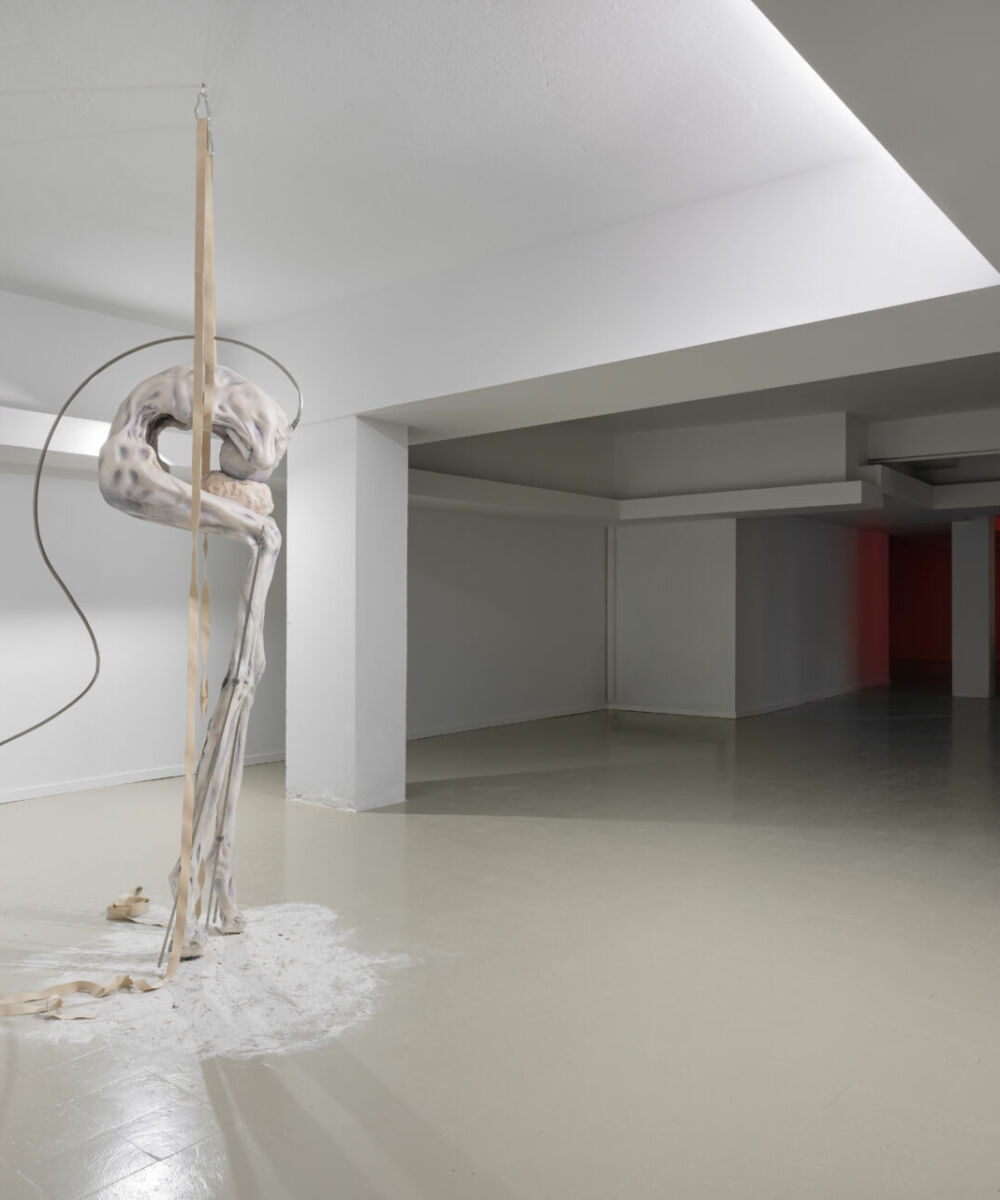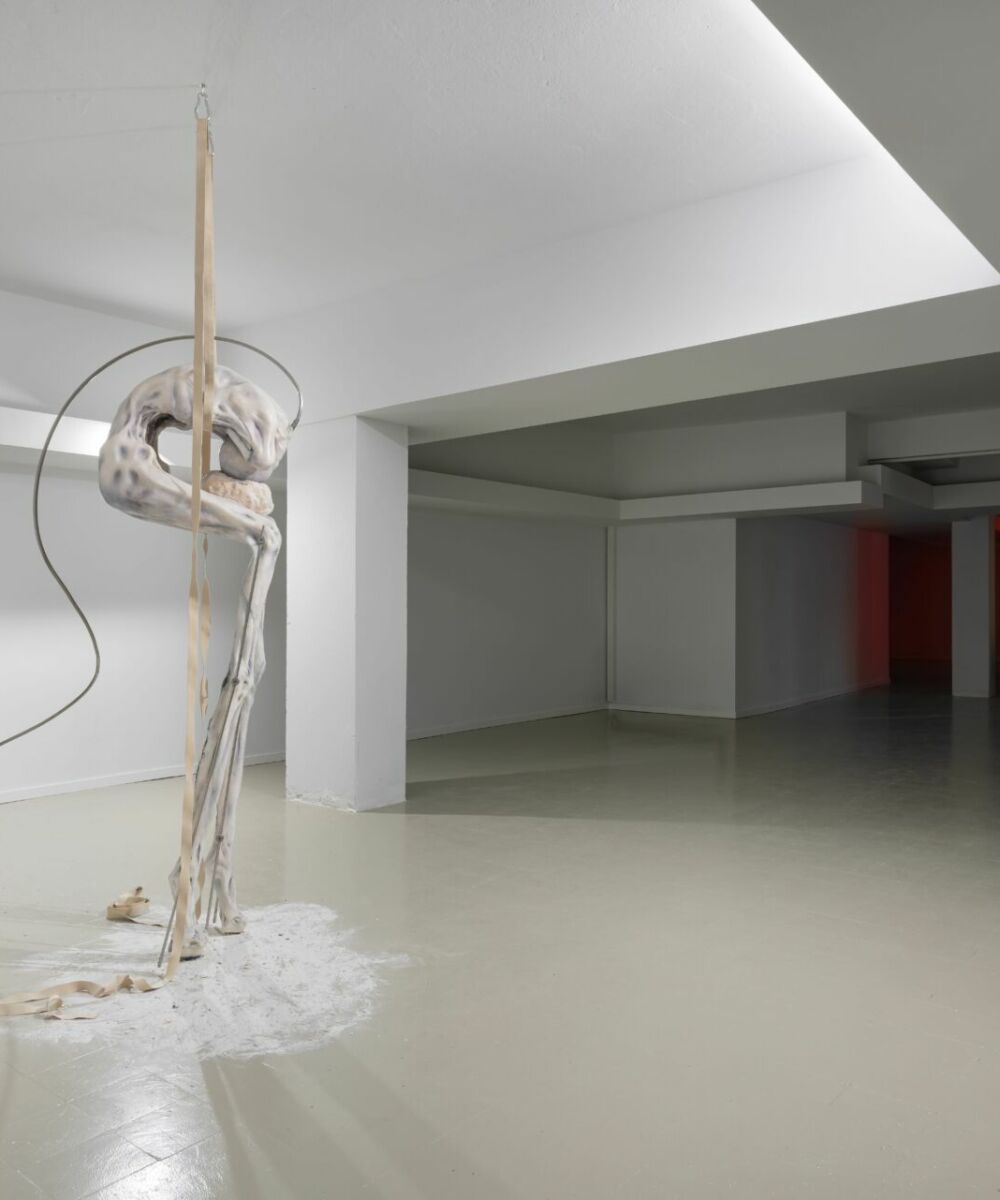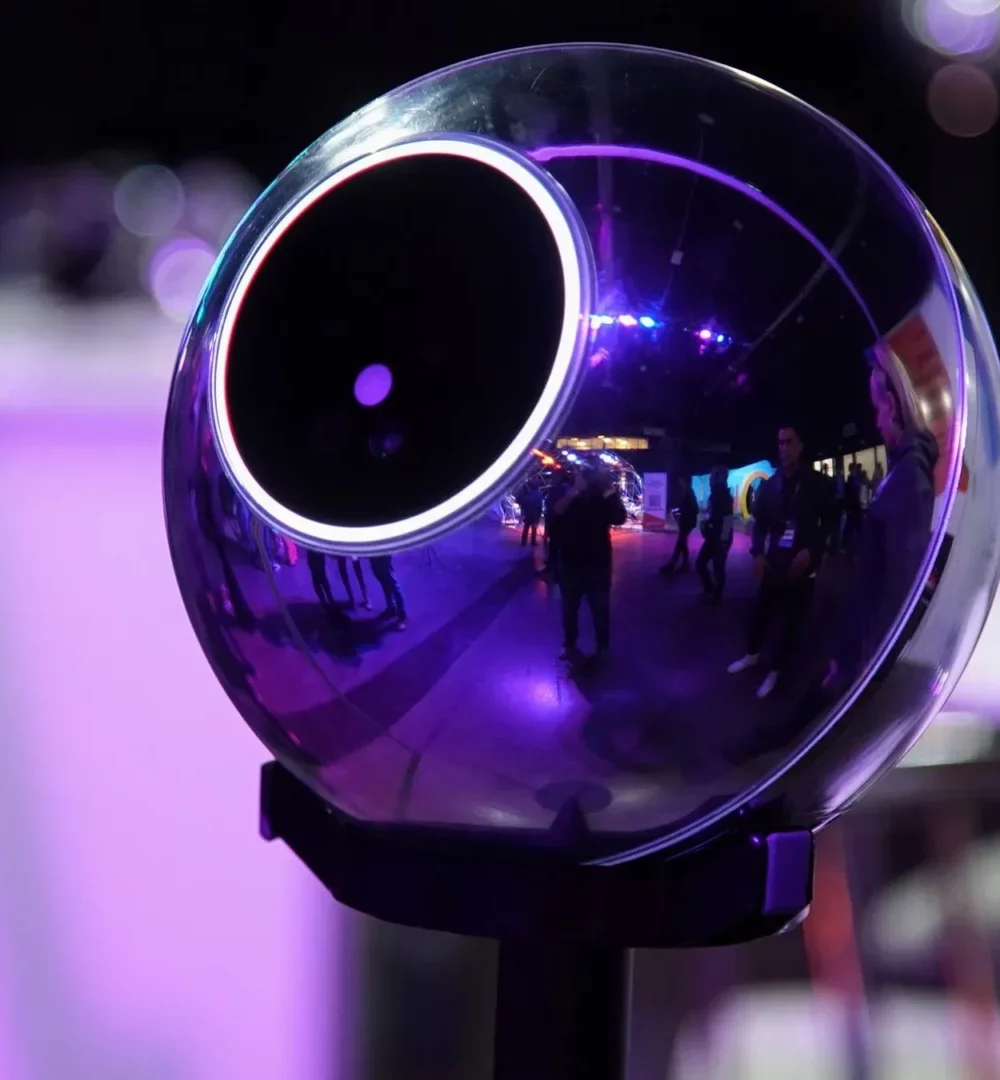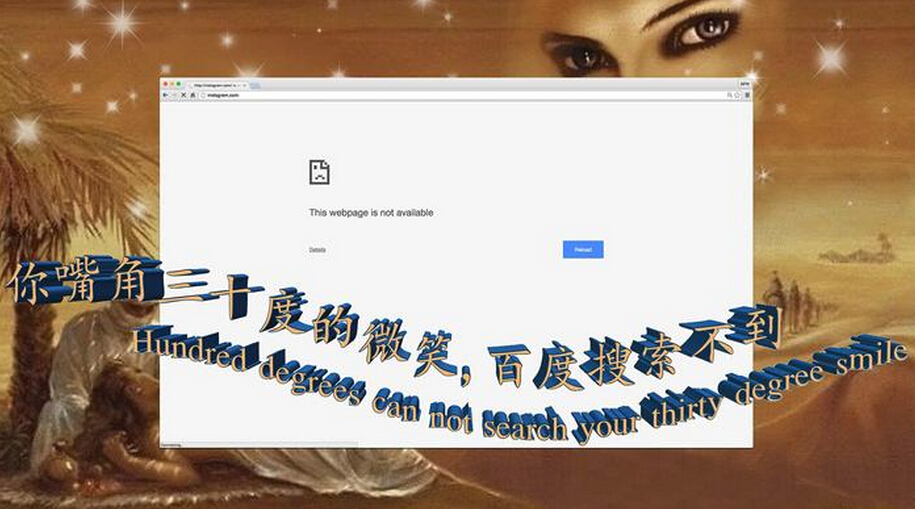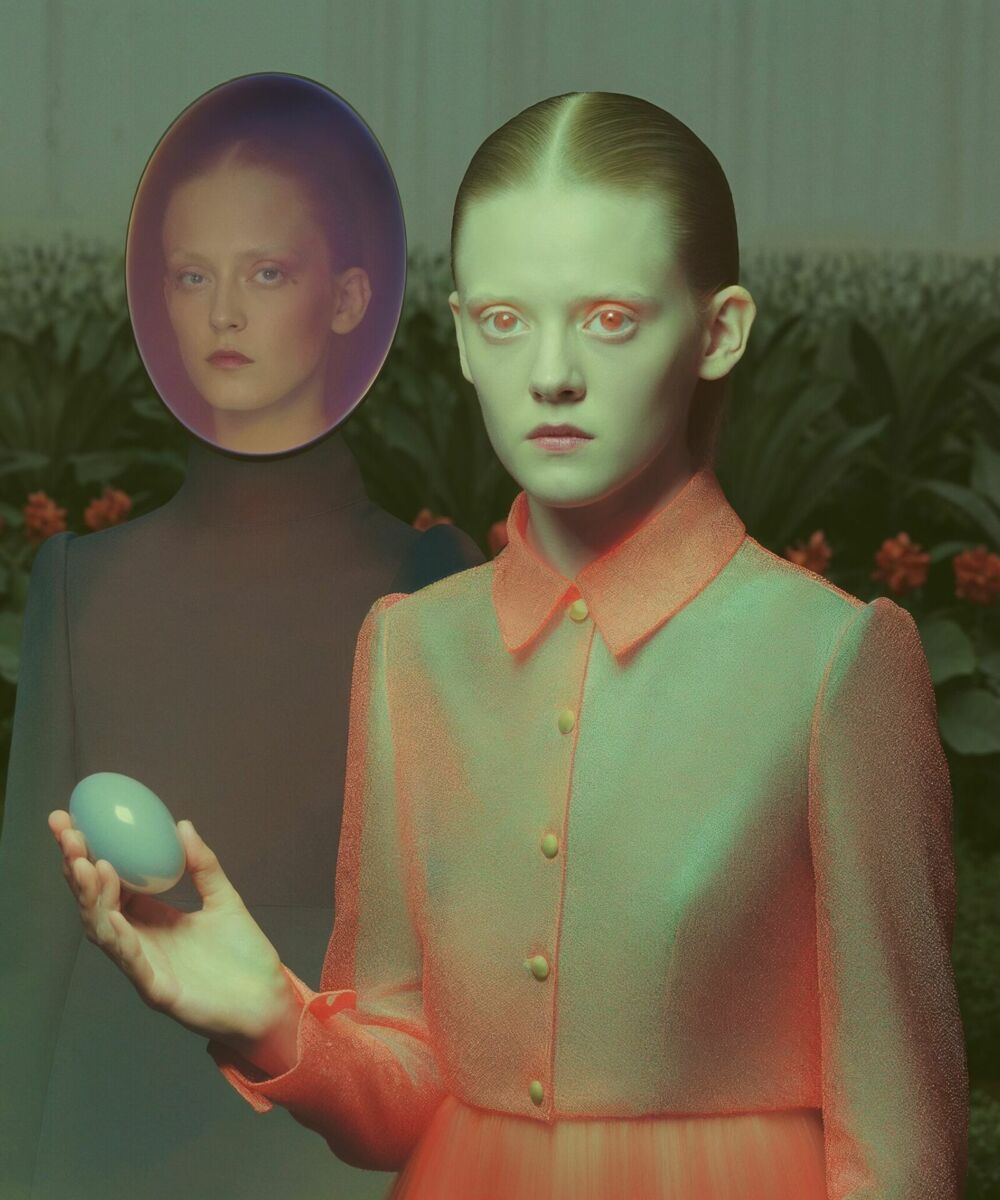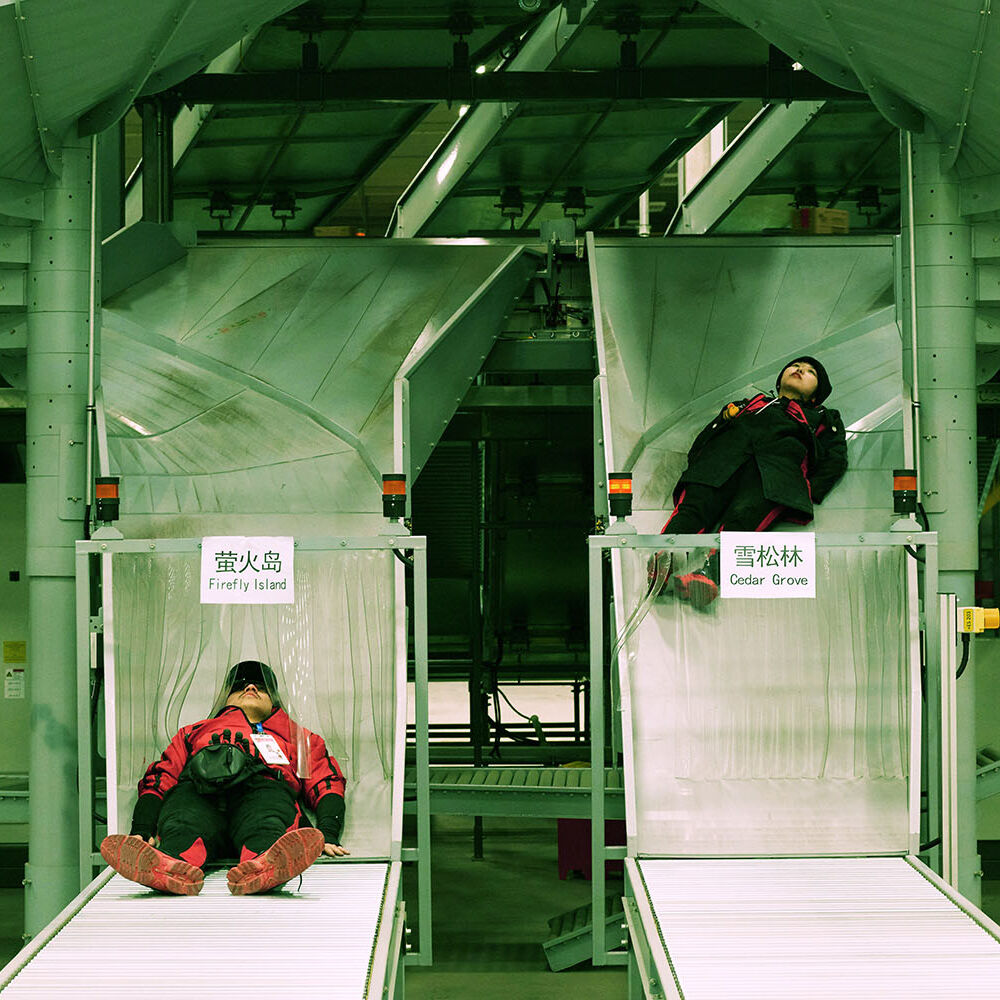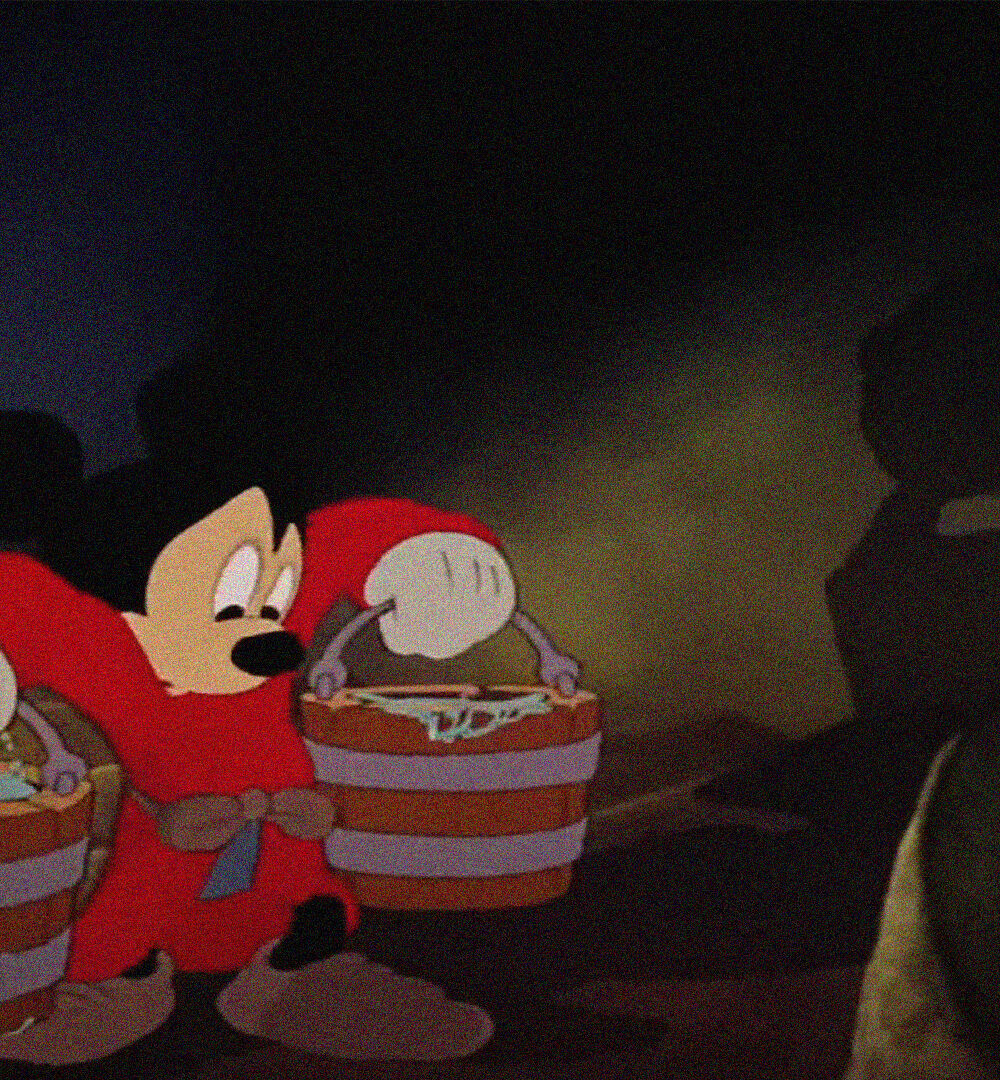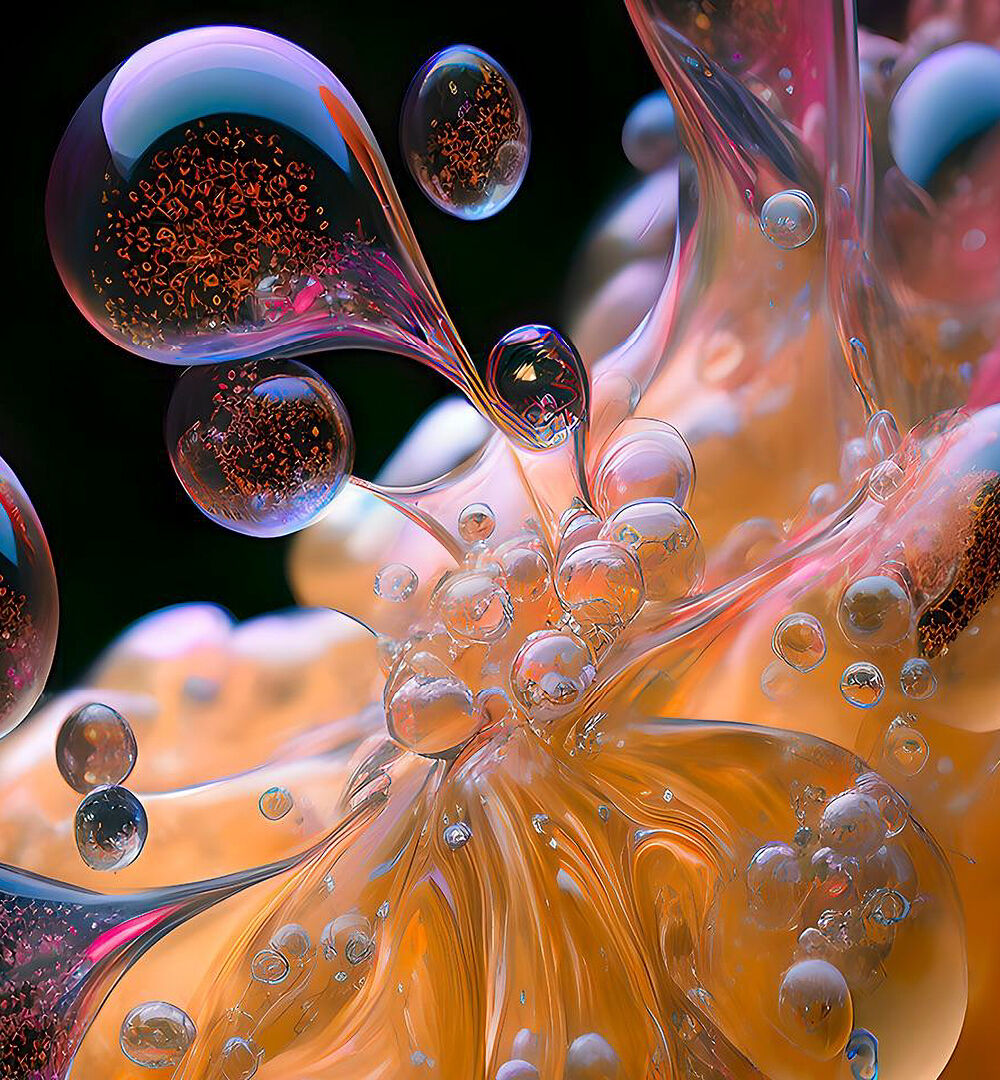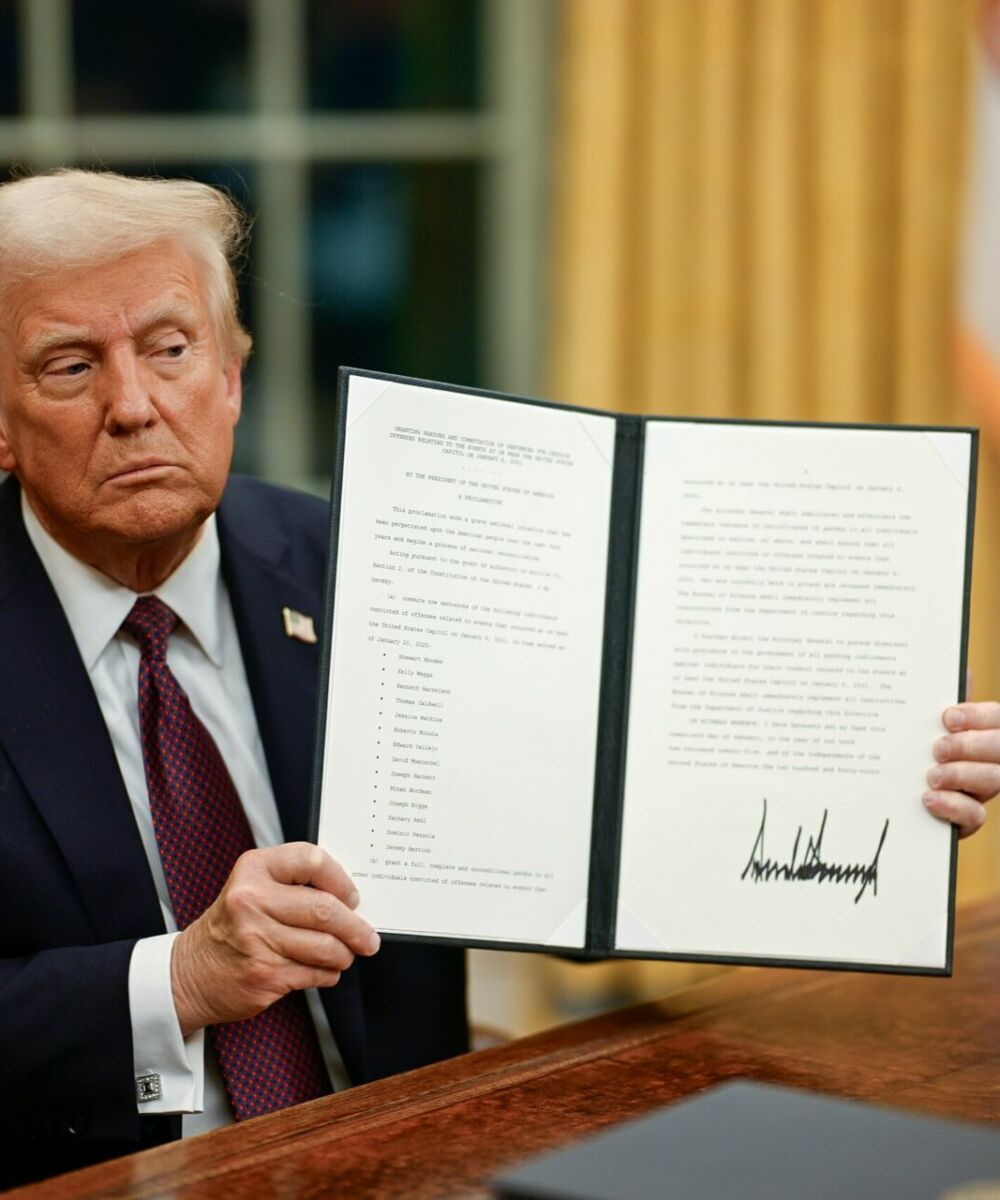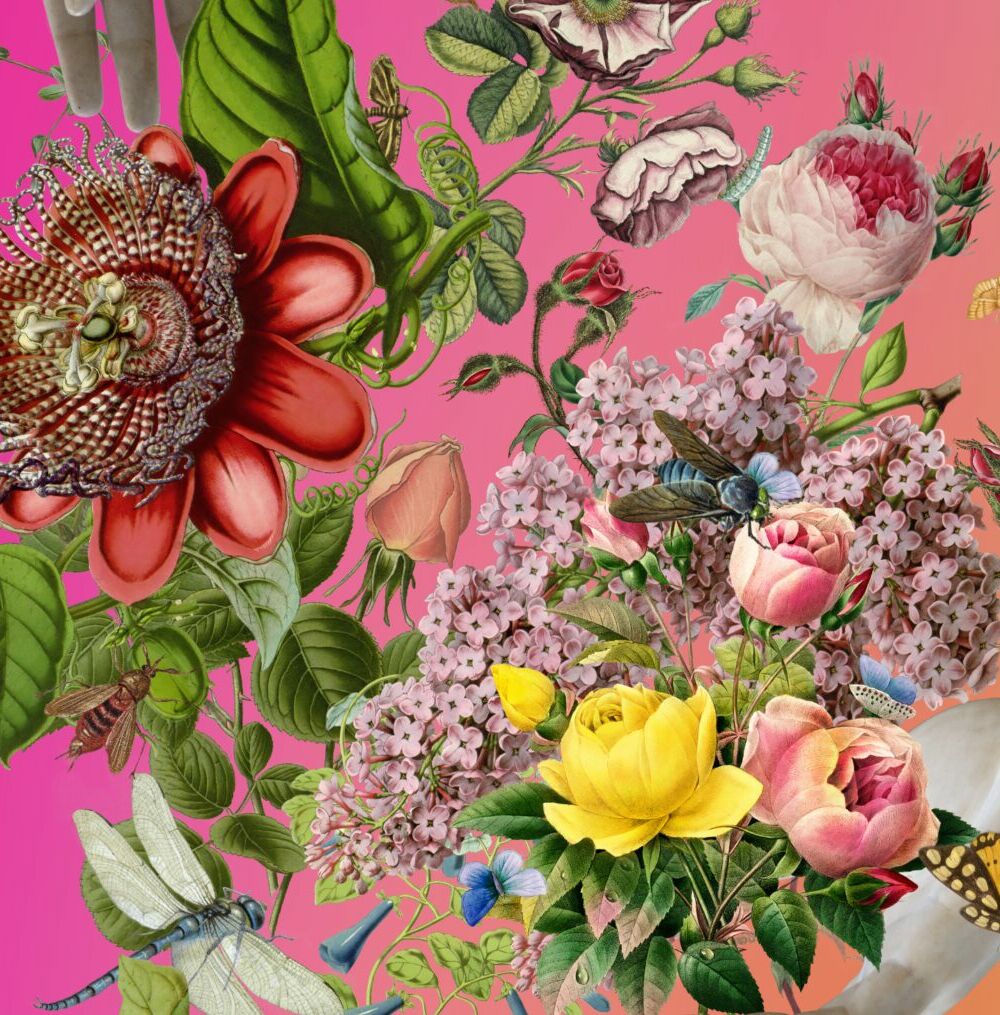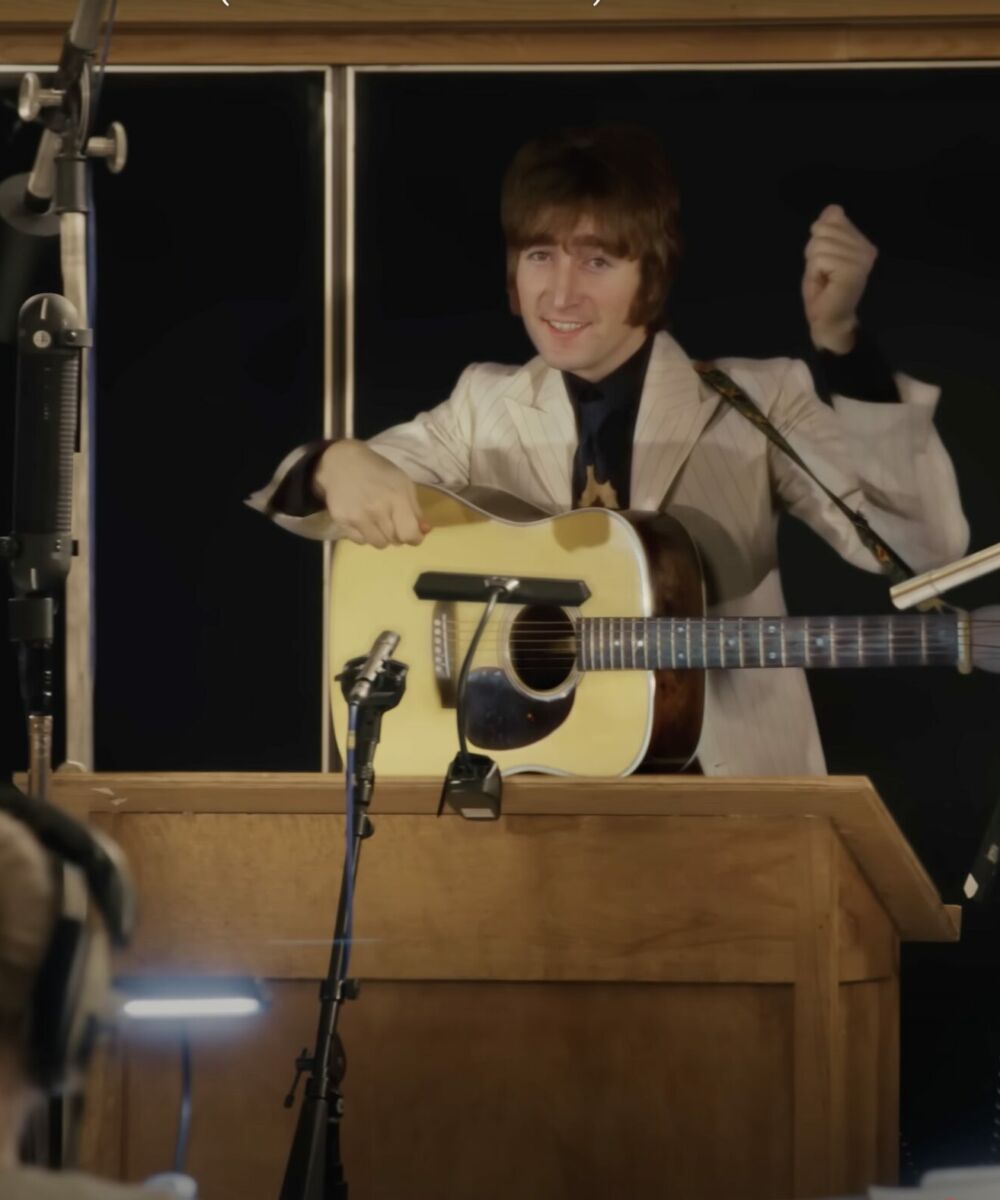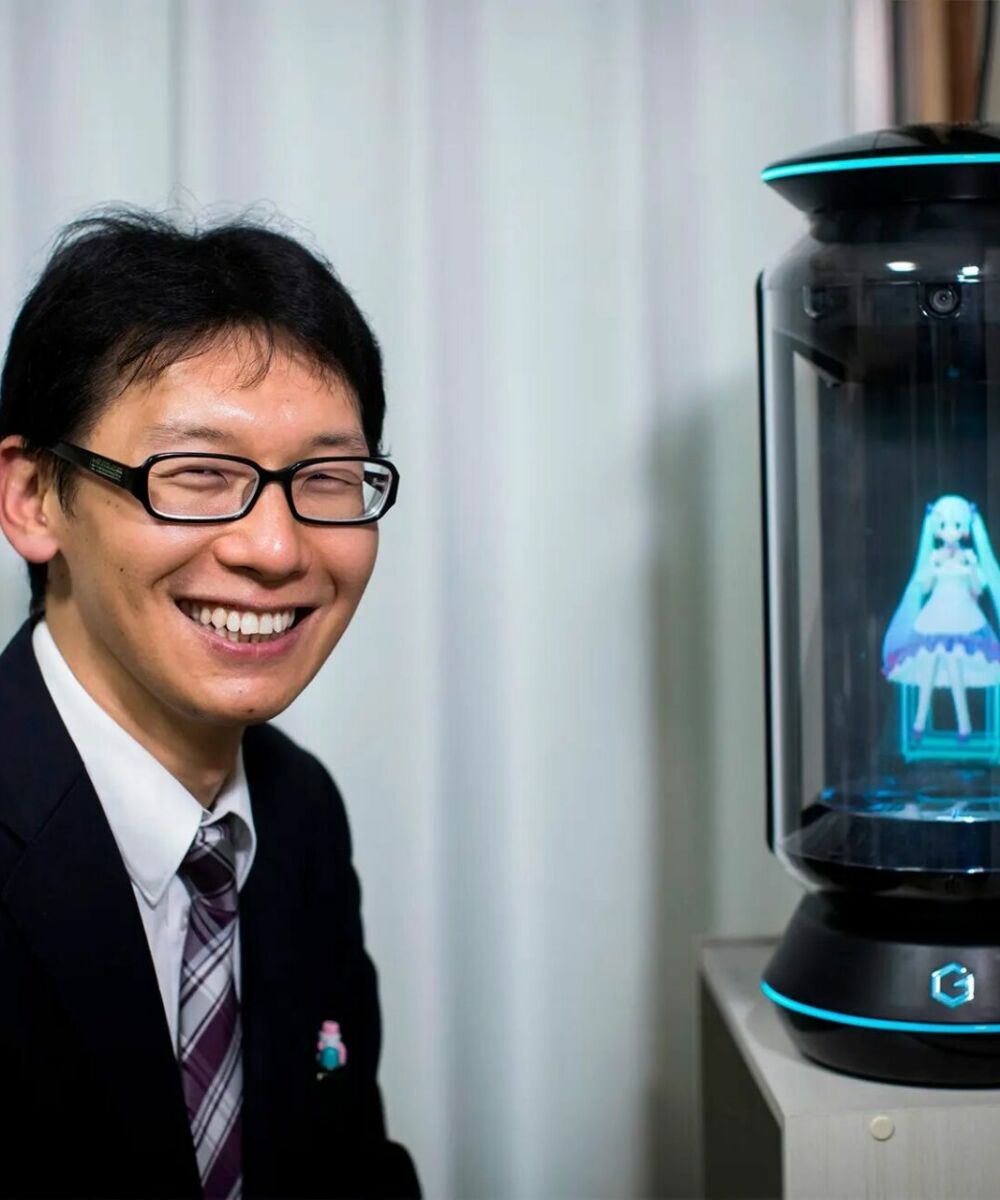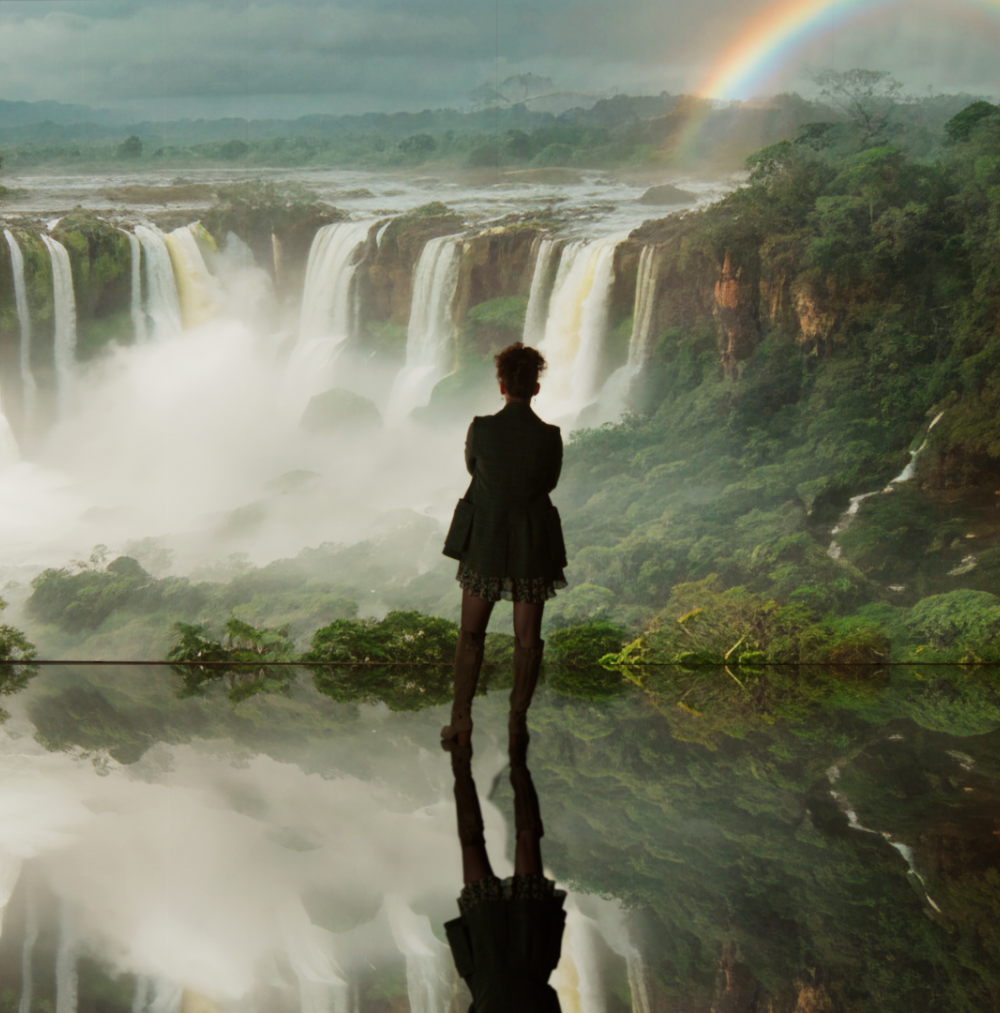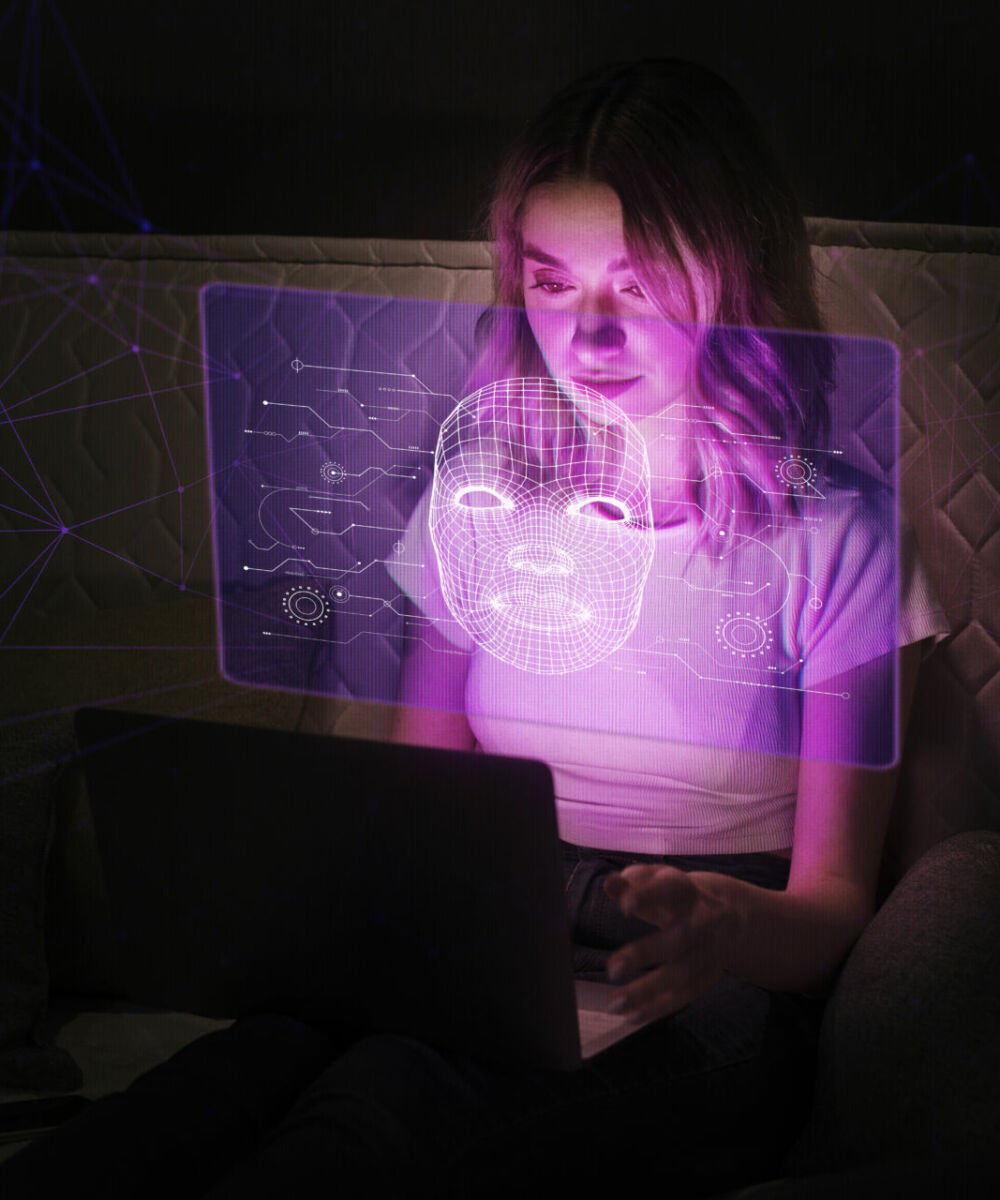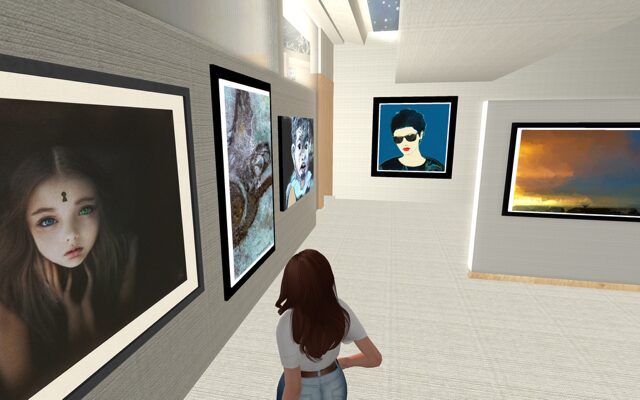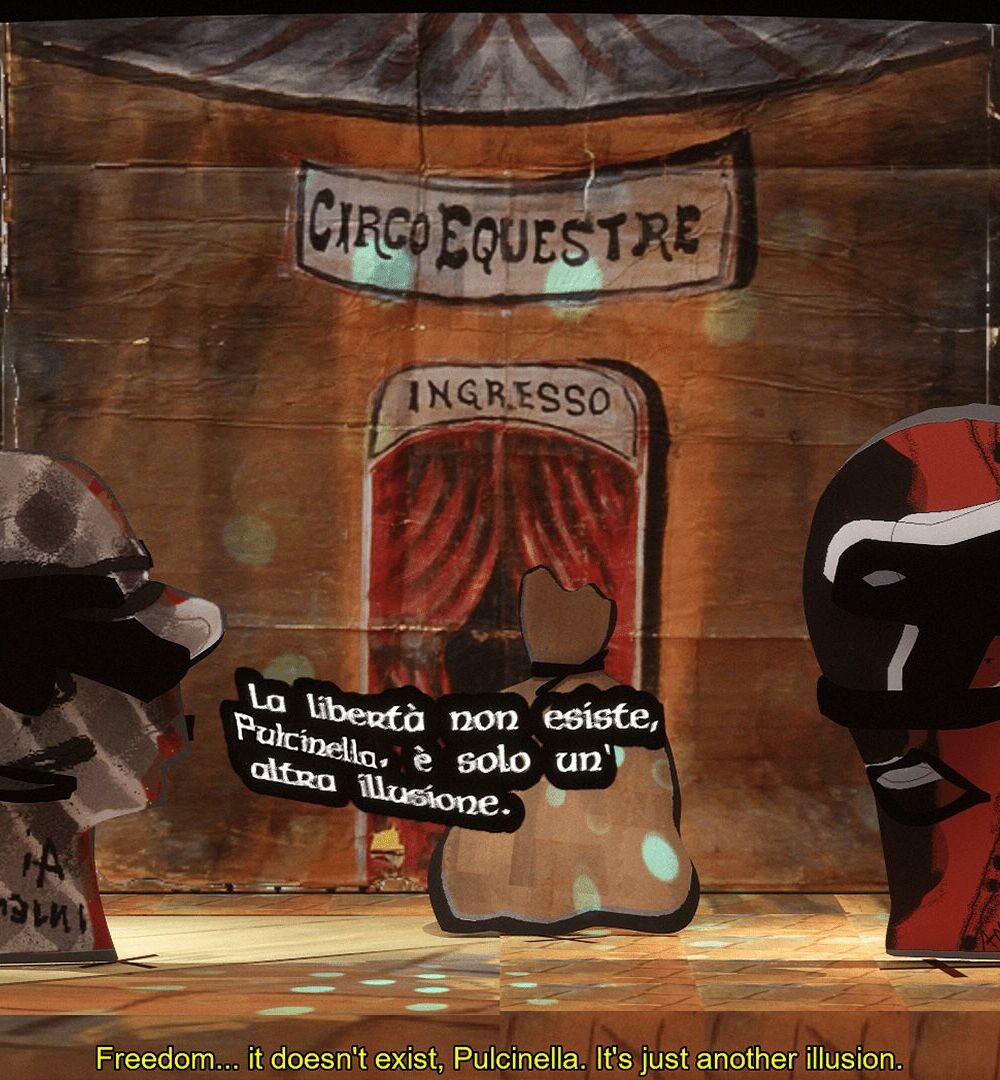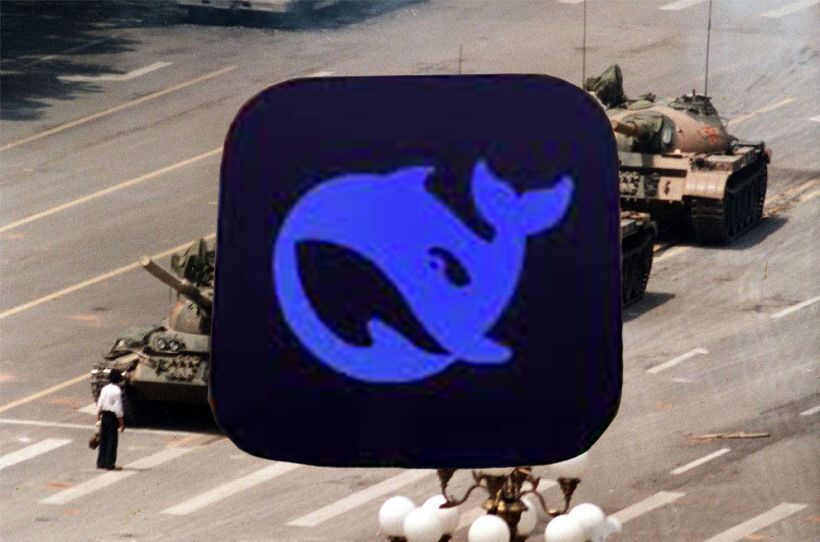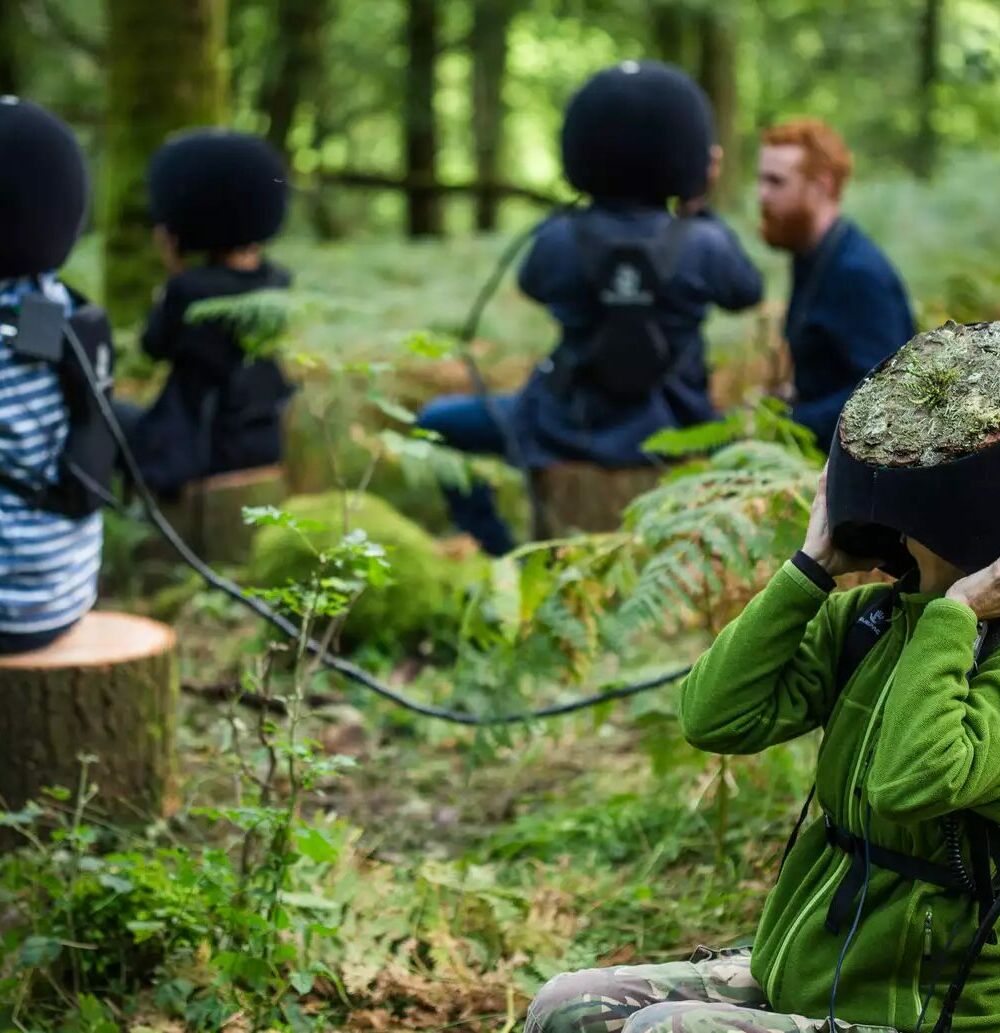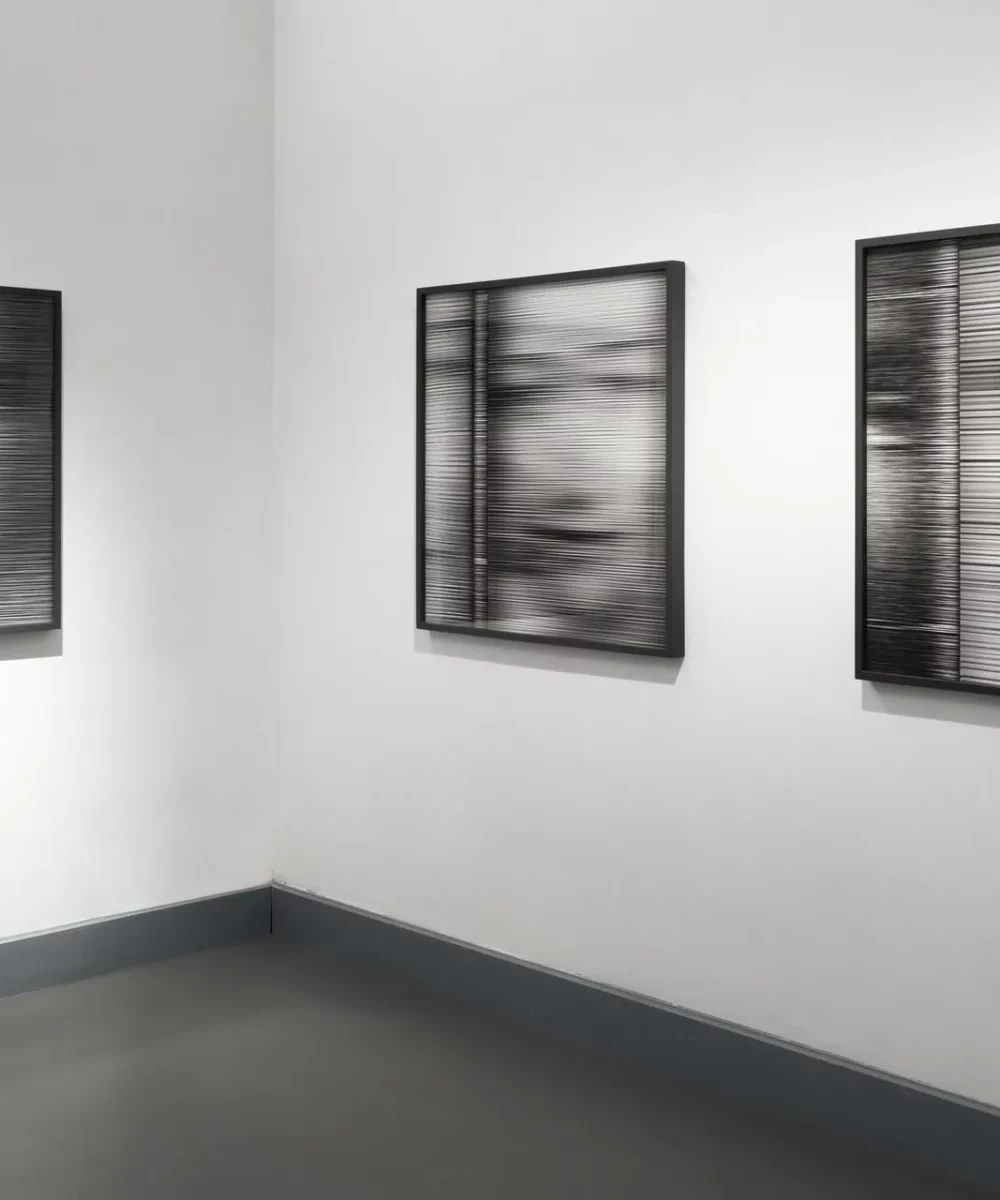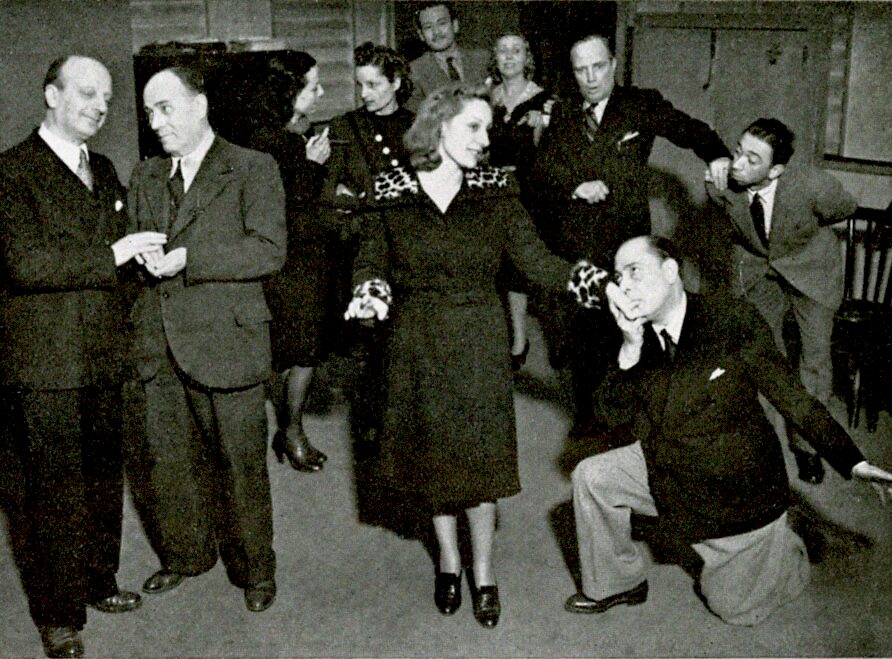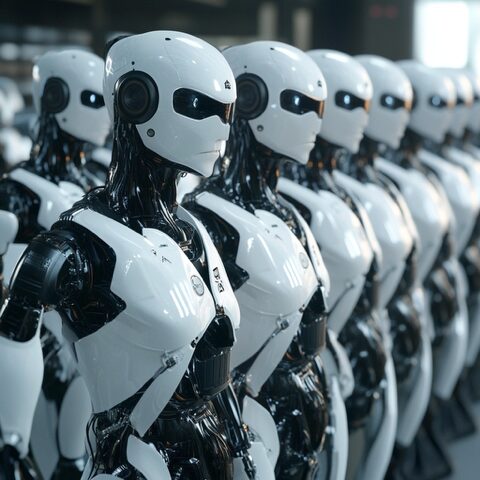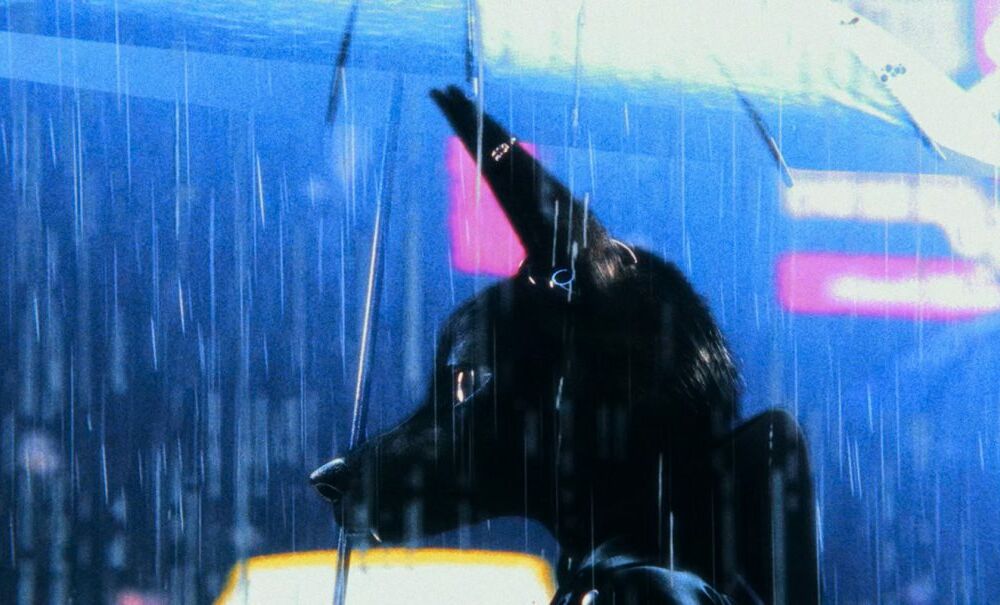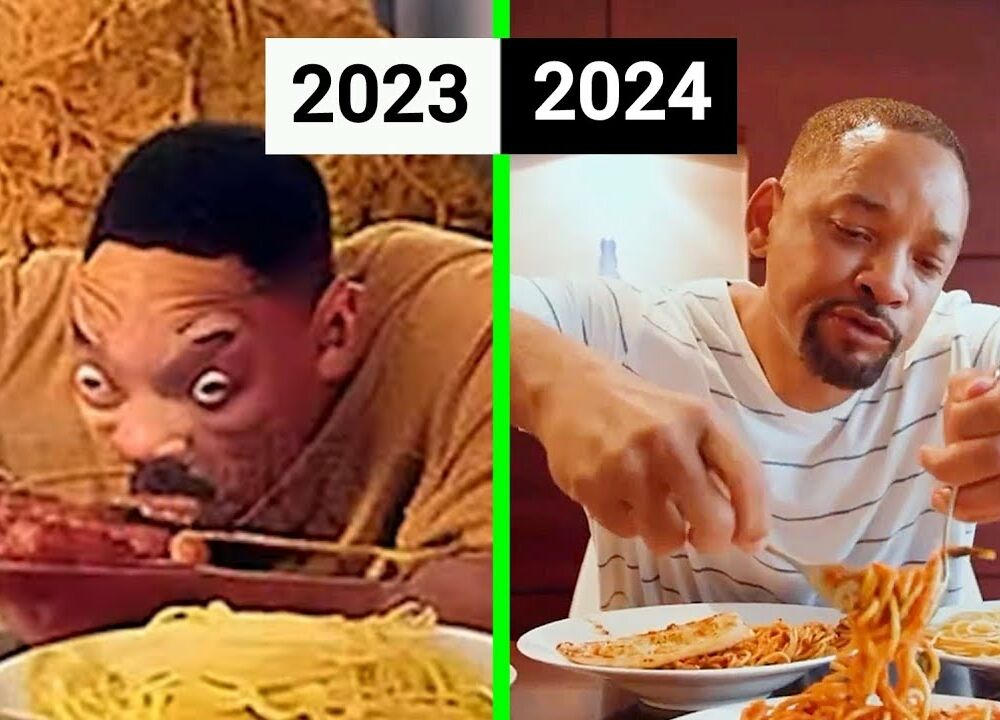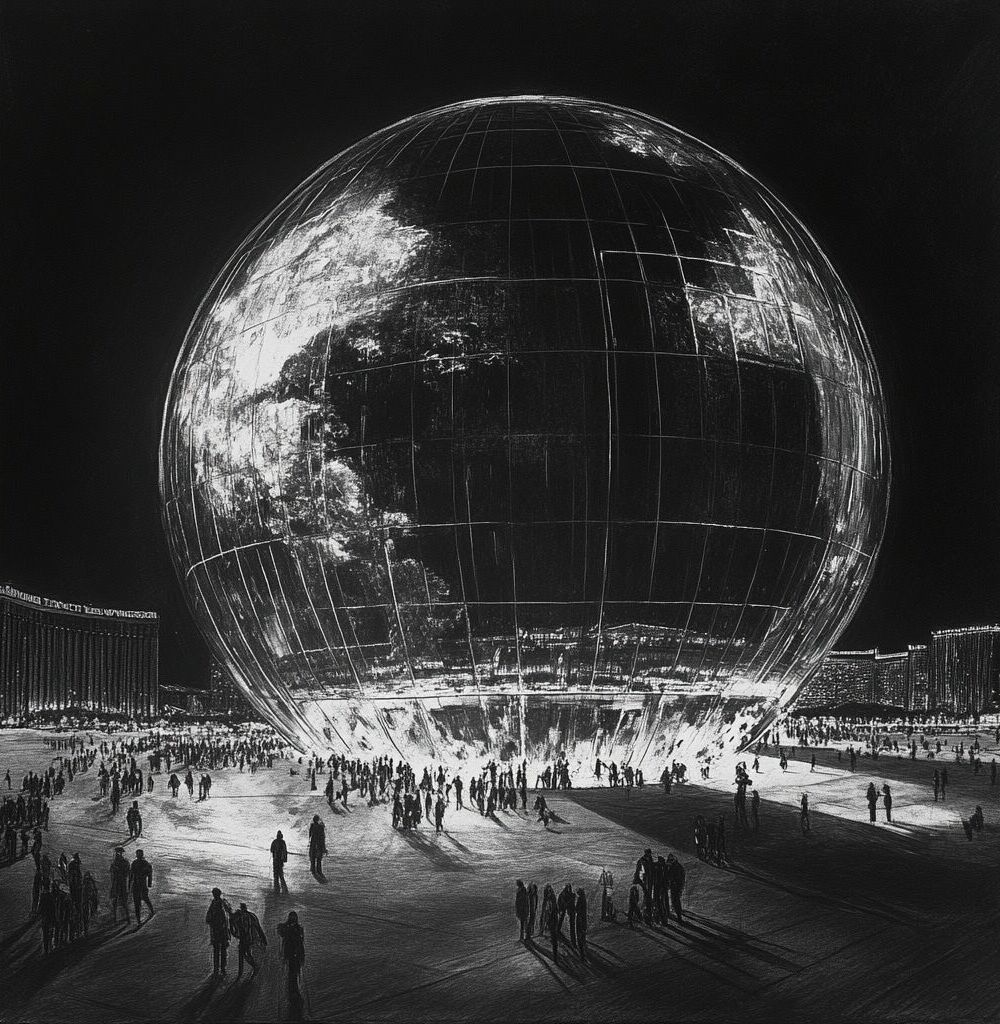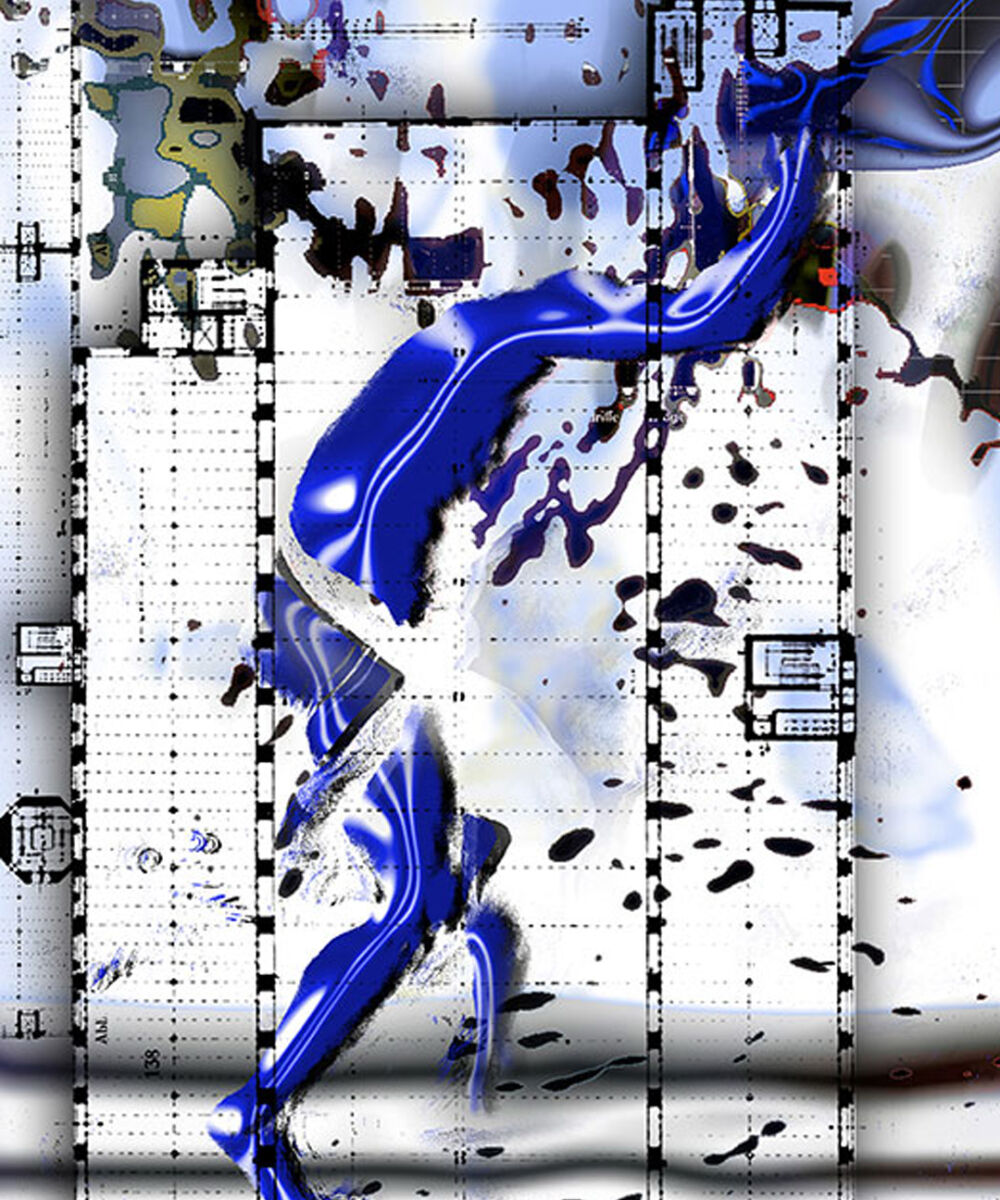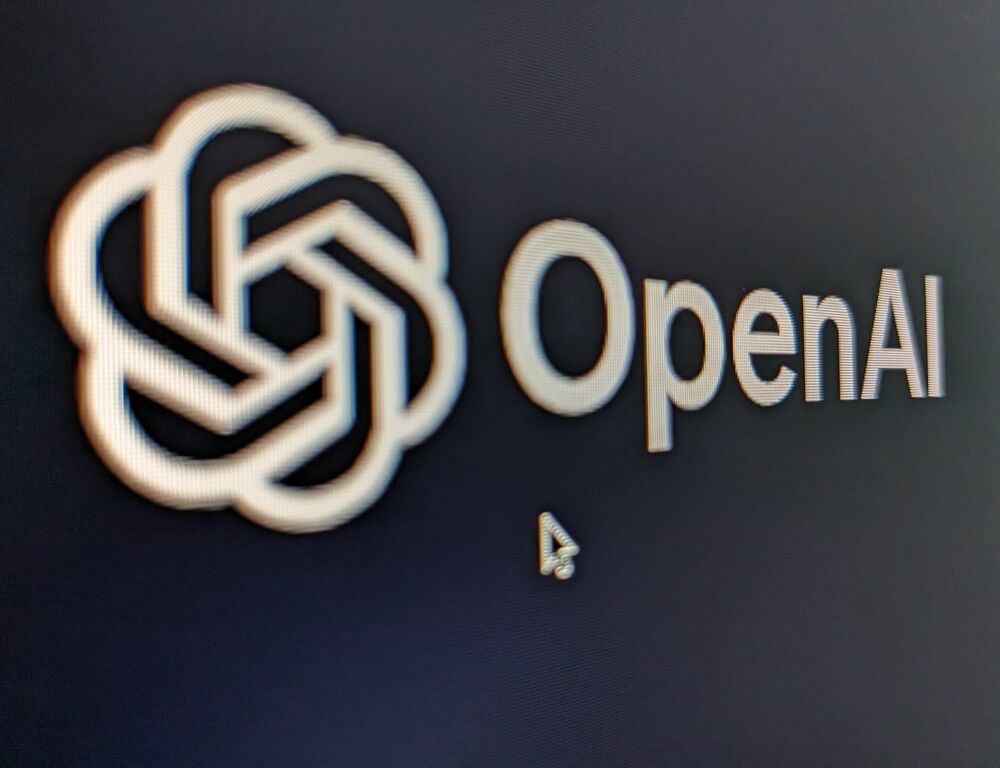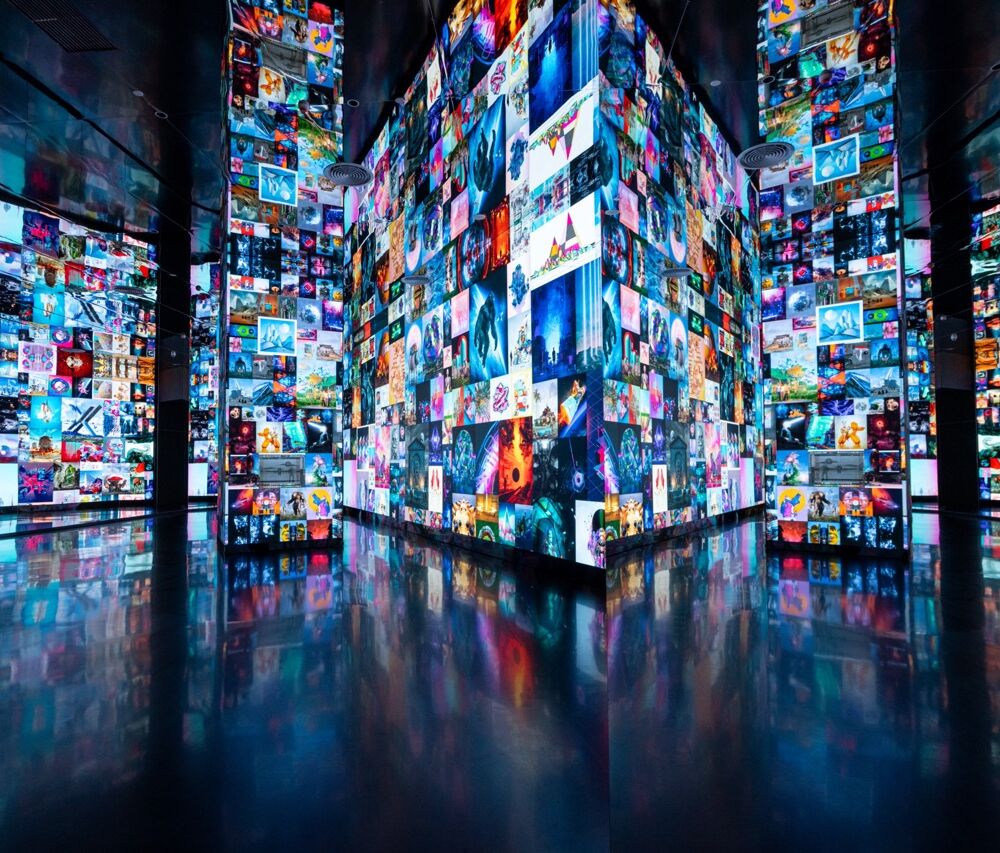LA RIVOLUZIONE ALGORITMICA
Why A.I. is Going to Make Art
by Francesco D'Isa
A critical and philosophical look at artificial intelligence and its influence on society, culture and art. La Rivoluzione Algoritmica aims to explore the role of AI as a tool or co-creator, questioning its limits and potential in the transformation of cognitive and expressive processes.
The famous science-fiction writer, Ted Chiang, recently wrote an article for the New Yorker in which he sustained that AI is not capable of producing works of art. His argument contains many inconsistencies, such as the lack of distinction between AI’s inability to create in complete autonomy, and the use of AI technologies as creative instruments.
Chiang’s theory is based on the idea that the artistic process is composed of a large number of choices; he sustains that these technologies substantially reduce its complexity, compromising its creative value. However, this view is reductive and minimizes the inherent depth of expression in the interaction between artists and AI. He mistakenly dismisses the process as if it were sufficient to simply “jot down a phrase”. This simplification reflects a limited understanding of the true nature of the instrument.
Moreover, defining art according to a number of choices leads to paradox: how many conscious decisions are at the base of pop or conceptual art? Often, less than the number Chiang thinks are involved in using AI. Would Duchamp’s urinal be removed from museums because (apparently) it is the result of a single choice? If I have a brilliant idea but it is realised by another, is the work no longer mine because I simply made a choice? Lastly, how do we accurately quantify the decisions made upstream of the technical realisation of a work, with or without AI?
These examples reveal that the concept of “choice” in art is rather more elusive than Chiang would have us believe; his article seems to disregard both the nature of AI and the history of art. However, the most obvious counterargument can be seen in the works of those experimenting with AI today. As with any automation, artificial intelligence relieves us of certain technical tasks, but not the possibility of transmitting creativity. In the end, these are obsolete opinions, similar to those made when photography began; criticisms that, not coincidentally, are made mostly by those who do not understand the medium in question.
Francesco D’Isa
Francesco D’Isa, trained as a philosopher and digital artist, has exhibited his works internationally in galleries and contemporary art centers. He debuted with the graphic novel I. (Nottetempo, 2011) and has since published essays and novels with renowned publishers such as Hoepli, effequ, Tunué, and Newton Compton. His notable works include the novel La Stanza di Therese (Tunué, 2017) and the philosophical essay L’assurda evidenza (Edizioni Tlon, 2022). Most recently, he released the graphic novel “Sunyata” with Eris Edizioni in 2023. Francesco serves as the editorial director for the cultural magazine L’Indiscreto and contributes writings and illustrations to various magazines, both in Italy and abroad. He teaches Philosophy at the Lorenzo de’ Medici Institute (Florence) and Illustration and Contemporary Plastic Techniques at LABA (Brescia).


